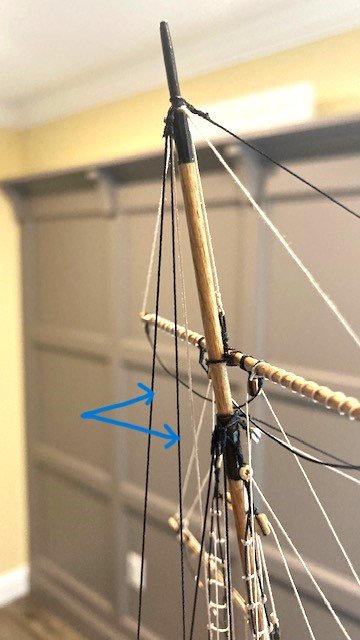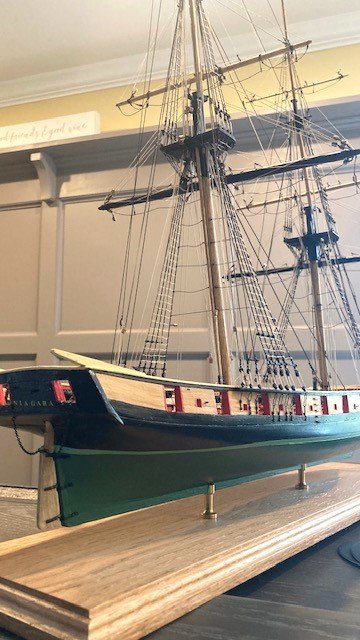-
Posts
467 -
Joined
-
Last visited
Content Type
Profiles
Forums
Gallery
Events
Everything posted by abelson
-
While I still need to make the numerous rope coils, I decided to put the ship in its display case. I ordered a White's Woodworking, Oak Ship Model Display Case, 42”L X 16”W X 32”H from ModelExpo. The kit comes unassembled, and without glass panels. The display case cost $292.88 on sale. The plexiglass was $158.69 from my local Ace Hardware store. The case needs to be sanded, stained and assembled. The total cost ($451.57) was much less than other suppliers such as CaptJimsCargo.com and Abordage.com, which come complete finished and with glass. There are a couple of things that I dislike about the White’s display case: 1. You’re on your own if you don’ t properly measure for the plexiglass panels and 2. The top frame has a narrow, rabbeted groove which makes placing the plexiglass perilous. Note: I beveled the outer edge of each vertical post and finished the case with Minwax Red Mahogany stain and two (2) coats of Minwax polyacrylic clear coat. One more thing, I wish I had cut down the vertical posts before I beveled them - they're too tall for the ship.
-
Started fashioning the Quarter Boats (Cutters), which were previously shaped. I followed the same procedures as for the Stern Boat. The frames are the tedious part. Applied a coat of Minwax Pre-Stain Conditioner followed by a coat of Minwax Golden Oak Stain. The floorboards were fashioned a la the Stearn Boat. The thwart supports were added next. I used 3/32” x 1/16” wood strips. The strips were soaked in water overnight and then placed in a jig to bend them (see photo). The grates were next. The Quarter Boat detail seems to show a frame around the grates. I made a template based on the detail and used it to fashion the grates. I pieced together some walnut grating strips in the general size shown on the detail. I applied some AC to the grates to secure them together and then made an angular saw- cut on two sides. I added a 3/32”x 1/8” strip on 4-sides. The grates were finished with Minwax Pre-Stain Conditioner and Minwax Golden Oak Stain. The stern sheet, bow sheet and thwarts were fashioned from 1/8” x 1/32” wood strip and painted (2 coats) with Vallejo Acrylic Paint, Flat Red. The top rail was cut from 3/16” basswood in the same manner as the Stern Boat rail and sanded to achieve the proper overhang for the 1/32" x 1/16" wood molding strip. The rowlocks were cut from 1/32” x 1/16” wood strips soaked in water overnight and formed in the same jig used for the thwart supports. I found it easier to glue the entire strip to the top rail and to then cut out the oarlocks. Note: The locations of the oarlocks are different on the port and starboard sides. With that done, the top rail, trim board, knees, and rowlocks with finished with Minwax Tung Oil. The lifting hooks were added. The stern sheet, bow sheet and thwarts were glued in-place. I decided to make the knees, since there are only six of them. They were glued to the thwarts and finished with tung oil. The rudders were finished next. I added some detail to them. The rudder handle was made from a toothpick that was placed in a Dremel and sanded down to shape. Added the 3/64”x1/64” wood batten slides (painted black). The strips were soaked in water overnight and then set in a jig (see photo) to bend them. Once bent, the strips were easy to install using just CA to secure them. Rigged the 5/32” lifting blocks and tackles (.018” rope) and hung the cutters from the davits. I added the strap grips using .018” rope clove hitched to each davit midway between the cleat and the end sheave. The grips were “criss-crossed” as per the detail on Sheet 4 and secured to the davits. Raised the Pennsylvania State Flag and the "Don't Give Up the Ship" flag (not furnished with the kit). I found the flags on the internet. I copied an image of each flag, reduced to an appropriate scale, printed two images of each flag end-to-end on copy paper, cut them out, and folded them over and glued them together. I inserted a small ring in the top and bottom of each flag at the bend, rigged them to .008" lanyards, and ran the lanyards through a 3/64” block on top of the mainmast and foremast. With that, except for the monotonous task of making numerous rope loops, the ship is complete - 2 years and 10 months in the making. I've added some additional photos.
-
Began finishing the stern boat (yawl) that was pre-shaped early-on in the build. I chose not to lapstrake plank the hull. The inside of the hull needed more shaping before placing the frames. I used some Dramel bits for shaping. I marked the frame locations with a pencil. I used 1/32"x 1/32" wood strips for the frame. I cut pieces for the bottom of the hull. Next, I made a jig for bending the strips. I photocopied the cross-section of the hull from Sheet 4, cut it out and glued it on a piece of wood. I drilled holes intermittently along the profile of the hull and inserted pins. I formed a 1/32"x 1/32" strip that had been soaking in water over night around the pins. I drilled holes on the opposite side of the strip and inserted pins to hold the strip in place. Whence the strips dried, I removed them and cut pieces to complete the frames. As a matter of note, I find the plans lacking in detail relative to the frames. With the frames completed, I applied a coat of Minwax Pre-Stain Conditioner followed by a coat of Minwax Golden Oak Stain. The floorboards were next. I photocopied the floorboards on Sheet 4, cut them out and glued them on a scrap piece if 1/32” wood. I cut out the images with a knife. Sanding was necessary to conform the floorboards to the bottom of the hull. The thwart supports were added next. I used 3/32” x 1/16” wood strip. I found that the strips did not have to be pre-bent. The thwarts and floorboards were finished with Minwax Pre-Stain Conditioner and Minwax Golden Oak Stain. The stern sheet and thwarts were fashioned from 1/8” x 1/32” wood strip. I made the stern sheet in the same manner as the floorboards. As for the lifting rings, I can’t decipher from the stern details whether there is an opening in the stern sheet through which the 5/32” double lifting block is hooked to a lifting hook in the frame or the lifting hook is attached to the stern sheet. Other build logs have attached to the ring to the stern sheet. I’m thinking that it would be very difficult to hook the lifting block to a hook in the frame beneath the stern sheet when the time comes to stow the yawl. So, I decided to attach the hook to the stern sheet. The forward lifting hook is clearly attached to the frame. The stern sheet and the thwarts were painted with Vallejo Acrylic Paint, Flat Red. For the top rail, I used the stern boat as a template. I turned the hull upside down on a sheet of 3/16” basswood and traced around the hull. I then moved the hull on each side of the pencil line about 1/8 of an inch and retraced all the way around again. I cut along the inner and outer lines with an Xacto knife. After several failed attempts, I finally fashioned a top rail that fits the stern boat nearly perfectly. I added a 1/32" x 1/16" wood molding strip to the hull beneath the top rail. The laser cut keel was added next. I cut off the rudder. A piece of the keel broke off at the fore so I had to add a more decorative piece (see photo). BTW, I spray painted the hull with gray primer and finished it with Vallego white acrylic paint. Sheet 4 calls for the top rail and trim board to be painted red. I thought the color would be too much red, so I decided to finish the top rail and trim board with Minwax Tung Oil for more contrast. I used two (2) coats. Added breast hook and aft knees. Opted not to add the thwart knees - too much small, detailed work. The throles were made with 1/32"x 1/32" wood strips and brass pins. To add a little detail to the rudder, I made some rudder brackets from 3/32" x 1/16" brass strip. I rigged the yawl is per the Yawl Stowage on Stern Davits detail on Sheet 4, except I opted to omit the gripes. I used .021” rope. I added a50/50 mixture of yellow glue and water to the rope to stiffen it. I attached clips to the keel to weight it done. The yawl is now complete. Next up, the Quarter Boats.
-
Added the laser cut davits (previously fashioned). The davit brackets were made with 1/64" x 1/32" brass strip, blackened. The batten slides will be added later. I decided to make the anchor stocks. Rather than make them in two halves, I used a single piece of 3/32” x ¼” wood strip. I made a copy of the Anchor detail on Sheet 4, cut out the anchor stock, and used it as a template. The stocks are tapered on three sides (top is flat). I drilled a hole at the midpoint of the stock and squared it up with a file. To simulate treenails, I drilled holes in an alternating pattern and filled them with Golden Oak putty. To simulate stock halves, I scribed a line down the center of the stock with a knife. To finish up the stocks, I applied Golden Oak stain. To simulate the iron bands, I cut a strip from a file folder, marked it with a black Sharpie, and glued individual strips to the stock. I touched them up with black paint. The look of the wood stocks is a huge improvement over the Britanna cast stocks. I cleaned up the anchor castings and finished them with black acrylic paint. The iron rings were made by wrapping 22 -gauge wire around a 1/4” diameter dowel and snipping the ends off. I wrapped rings with .012” tan rope before attaching them to the anchor. Note: Leave a little bit of the ring ends unwrapped so it fits in the anchor hole. Rigging the anchor was next. For the anchor cable (.051” black rope), rather than a simple overhand knot tied to the anchor ring, I added a little more detail following a detail that I found somewhere (don’t recall where). See photo. For stropping the anchor tackle I used .012” tan rope. I tied a Syren plastic hook to the rope and then stropped a 5/32” triple block. The tackle was made .018” tan rope and is reeved through the faux sheaves at the end of the cat head as per the Anchor Stowage detail on Sheet 4. I hooked the ring to the anchor ring and attached some clips to the anchor to weight it down. I then applied a 50/550 mixture of yellow carpenter glue and water to the rope to stiffen it. I cut a length of .018” tan rope long enough to attach it to the anchor and to the shrouds. The rope is seized to the anchor with .012” rope. I coiled the anchor rope and tied it to the fore mast shrouds. The ship is basically complete except for finishing the quarter boats and the stern boat.
-
I’ve completed all the rigging at this point. What follows is the sequence of completion: The Spanker Gaff Throat Halliard as per Detail 5-J on Sheet 5. I used .018" tan rope (plan calls for .016"). The Peak Halliard with .018" tan rope (plan calls for .016"). Belayed to pin 65 S. The Vangs. I used .018" tan rope for the pendant and .012" tan rope for the falls which are belayed to cleat 75 P&S. The Spanker Sail Brails P&S. I had added the required blocks to the gaff so I thought I might as well add the brails (See photos). This was an arduous task. In hindsight, having to do it again, I would only rig the brails attached to the clew outhaul. My plan was to show the brails as they would appear with the spanker sail furled. One thing that I discovered (I might be wrong here), the shoe block as shown on Sheet 5 is incorrect. The position of the shoe block would be as if the spanker sail was furled, but the brails are shown as if the sail is unfurled. Basically, the shoe block would have to be much further back along the spanker boom so that, when the spanker sail is furled, the brail can be pulled forward to furl the sail. As I planned, the following photos depict the brails as they would appear when the sail is furled. The brails are belayed to shared pins 51 P&S and 52 P&S. The spanker tack tackle was rigged with a 1/8" single block and a .012" rope. The bottom block is hooked to a deck eye bolt. The tackle is belayed to a cleat on the port side of the fife rail bitt as shown in Detail 5-K and called out on Page 35 in the Instruction Manual. The most difficult part was belaying the rope to the fife pins. In so doing, I snagged the bunt lines which pulled out the double block beneath the main top -UGH. I had to redo the bunt lines. It was impossible to reinsert the eyebolt, so I drilled a hole in the top, passed a length of 24-gauge wire through it, looped the end through the lash on the block, and then pulled the wire up, trimmed the wire and bent it over. One thing that I have come to expect in model ship building is Murphy’s Law: "Anything that can go wrong will go wrong.” In hindsight, I would not have added the brails. Next, the Main Course Yard Sheets, Clew, and Tack. Note: Sheet 6 says the main course yard sheets, clew, and tack are usually not used. These lines are rigged together in a block assembly same as the fore course yard. I used the kit supplied .021” rope. The standing end of clew line is seized around the yard rather than above the clew block on the yard as shown and noted on Sheet 6. The course sheets are seized to the eyebolt on the bulwark between gun ports 9 &10, pass through the assembly block and then through the bulwark sheave and belayed to cleat 76 P&S. Of further note, Sheet 6 calls for the fore course tack block to be hooked to any convenient spot on the fore channels but doesn’t say where the tack is belayed. A followed 6ohiocav’s build log for the main course yard tack, i.e., I added an eye bolt and a faux sheave in the hull between gun port 5 and 6, and a cleat inside the bulwarks to belay the tack. Continuing, the various braces as Shown on Detail 6-A. I had previously added all of the blocks except for the two blocks seized to the topgallant shrouds “close to the hounds.” It’s important to study this detail early-on in the ship building process. Note: I used .018” rope where the detail calls for .016, .012” rope where the plan calls for .014”, and .008” where the plan calls for .008” rope. The most difficult part of the braces was belaying them to the various pins. Though this is my fourth build, I still have difficulty belaying rope to the pins. In some cases, I just belayed some ropes to the top mast shear poles. To the novice eye this won’t be noticeable. Next up, boat davits, anchors, and quarter boats.
-
Decided it’s time to add the spanker boom. The spanker boom has topping lifts P&S that are lashed to the boom. The plan calls for the lifts to be .020” rope. I used the kit supplied .021” rope. Though the lifts are running rigging and should therefore be tan or brown rope, I used a combination of black rope and tan rope based on a photo of the replica ship (see attached). I lashed the topping lifts to the boom off ship. The topping lifts are set up with 5/32” double blocks and a .012” tackle. The lower block is hooked to an eyebolt in the waterway. This block is best added early on in the build, as I did. However, I didn’t pay close enough attention to the plans and added a single block. Consequently, I had to remove and replace them with double blocks – ugh, not an easy task. The topping lifts tackle is belayed to pin 68 P&S. Next, I rigged the boom sheets followed by the boom guy & tiller tackles. I had previously added the boom sheets 5/32” double block to the spanker boom and the 5/32” double transom block to the horse, so this was an easy task, The boom sheet passes through a thimble in the stern (previously added) and is belayed to the port side aft bits. Note: I left the sheet loose until the topping lifts are rigged. The boom guy & tiller tackles are shown in Detailed 5-L on Sheet 5. The 1/8” double blocks with hook are attached to a thimble on the spanker boom. I used eyebolts for the thimbles. The tackle is belayed to cleat 79 P&S on the bulwark. Lastly, I rigged the spanker sail brails P&S. The brails are seized to 5/32” single blocks on the main mast and are reeved through 5/32” single clump block lashed to the end of the clew outhaul as shown on Sheet 5. When the spanker sail is furled, the clew outhaul is pulled up to the mast blocks as illustrated in Figure 9-8 in the Instruction Manual. The brails are belayed to pin 52 on the aft fife rail. The clew outhaul is belayed to the boom cleat.
-
Just a short progress update. Completed the fore course yard sheets, tacks and clew lines. These lines are rigged together in a block assembly that hangs from the course yard. I created the block assembly mimicking Chuck Passaro's Instruction Manual for the US Brig Syren (see photos). The assembly is made up of 5/32” single blocks. I varied from Chuck's instructions and made the blocks all the same size. The toggle is made from a toothpick that was sanded down using a sanding stick and a Dremel. The size is a matter of preference or scale, but Chuck says it should be "very small." The two stropped blocks are slipped over the toggle rope before the block is stropped to the toggle line. The block assemblies are somewhat of a focal point, so, after assembly, I applied a coat of Minwax Golden Oak stain to the blocks. The standing end of clew line is seized around the yard rather than above the clew block on the yard as shown and noted on Sheet 6. Note: I used .021" kit rope rather than .020" called for on the plans, which is not furnished. I debated whether to purchase .021” rope from Syren and decided that there isn’t much difference between the kit supplied rigging and Syren rigging so as to be noticeable - at least to the novice eye. The loose end of the clew line is reeved through the 5/32” single block attached to the toggle and then up and through the block hanging from the course yard. Pull the loose end until the block assembly is at the desired height below the yard and then secure it in place with CA. Then belay the loose end to cleat 11 P&S on the fore mast. The course sheets (.021") are seized to the eyebolt on the bulwark between gun ports 4&5, pass through the assembly block and then through the bulwark sheave and belayed to cleat 40 P&S. The fore course tacks (.021") are seized to the end of the bumpkin, reeved through the 5/32” block of the assembly and then down through the 1/8" single block seized to the bumpkin and belayed to cleat 6 P&S. There's nothing on my to-do-list beyond this report. I need to study the plans to determine what to logically do next. ,
-
Some progress to report. First, though, Happy, Healthy New Year. Now, in keeping with the To-Do-List, I completed the Jib Boom Martingale and the Flying Jib Boom Martingale using .025" rope and .018” rope, respectively. The plans call for 027" and .016”. The Jib Boom Martingale is eye spliced at the end of the jib boom and at the dolphin striker as per Fig. 8-9 in the Instruction Manual. The back rope (.018”) is eye spliced at the dolphin striker and is set up with bullseyes and a lanyard (.008") on the starboard and port sides. The Flying Jib Boom Martingale is eye spliced to the flying jib boom, reeved through a hole in dolphin striker, and the end eye spliced to a thimble (5/64” split ring). The back rope (.012") is set up with bullseyes and a lanyard (.008") on the starboard side and eye spliced to an eyebolt on port side. Next, I added the man ropes on the flying jib boom. These are made with .012” rope as noted on the Plan at Bowsprit. The ropes are eye spliced at the end of the Flying Jib Boom and the aft ends are seized to the jib boom guy P&S. I made 10 knots in each rope spaced 5/16" apart. Permanently attached the Boomkins and added the restraining chains as per the replica ship (see photo). The Jib Boom Guys were next followed by the Flying Jib Boom Guys. These are straight forward as shown on the Plan at Bowsprit. I used .018” black rope (plan calls for .016") for the jib boom guys and .012” (plan calls for .014”) for the flying jib boom guys. The guys pass over the cleats on the sprit sail yard and set up with 1/16” bullseyes (not furnished with the kit) and lanyards. I used .008” rope (plan calls for .010”). I rigged the main stay tackle over the main hatch and the fore stay tackle over the forecastle hatch as shown on Sheet 5. Each tackle is made up of a 1/8” single block lashed to the stay and a 1/8” single block with a hook. I fabricated the hook from 28-gauge brass wire and flattened it using a bench vise and a hammer. I used .012" rope for the tackle (plan calls for 016" which is not furnished). The fore stay tackle is hooked to a cleat on the Belfrey and the standing end of the tackle is belayed to the forward fife rail. Sheet 5 calls for the main stay tackle to be hooked to the forward fife rail, but I chose to hook it to the starboard cleat on the aft fife rail and belay it that rail. Added the sprit sail yard braces (.012” tan). I made the 1/8” single block brace pendants earlier in the build. The tricky part of the braces is passing the rope through the aft 1/8” double block beneath the fore top as shown in Detail 5-I. After failed attempts to pass the rope through the block from beneath the top, I found it easier to pass the rope from aft side of the fore top by turning the block around with reverse action tweezers. The ropes are belayed to cleat 13 P&S on the fore mast. Note: Stiffening the end of the rope by applying a little CA makes it easier to pass the rope through the blocks. Next up, the fore clew garnets, sheets and tacks.
-
Just a short progress update before Christmas. I decided to add the anchor cable while the hawes pipes are more accessible. I used .051” black rope because the cable on the replica ship appears to be black. The Anchorage Detail on Sheet 4 calls for .045”. I think .051” rope is on the smallish side. With that, it’s time to add the belfry (previously made) to the bowsprit and the grating structure and boomkins fashioned back in Post #23 to simulate the replica ship. The boomkins on the replica ship have chains attached to them and the hull to secure it from lifting (see photo in Post #23). I plan to add these later. For now, the boomkins are not yet permanently affixed to the ship. Belayed the outer jib stay downhaul (pin 3S), inner jib stay downhaul (pin 2S), fore stay halliard downhaul (pin 2P) and flying jib stay halliard downhaul (pin 3P). I decided to pass the jib boom topgallant stay and the flying jib stay through a hole in the chock rail rather than over the chock rail as called for on the plans. The plans also call for the topgallant stay and the flying jib stay to be belayed to pin 3 P&S. I opted to belay them to pin 4S and 4P, respectively. Added a bracket (made of 1/64”x1/16” brass strip, blackened) at the end of each boomkin for attachment of the chains and an 1/8" single block for the fore tack. The fore tack will be a topic of conversation at a later date. Next, looking over the plans, I added the main top gallant stay sheets (.012" tan) as shown on Sheet 5. The sheets are belayed to pin 59 P&S. I ran the rope through the fairlead bar. Not sure if that's correct but it seemed like a convenient place for it. Next up, Jib Boom Martingale, Flying Jib Boom Martingale, Jib Boom Guys, and Flying Jib Boom Guys. And perhaps the boomkin chains. Until then, Merry Christmas and Happy Holidays.
-
Looking back at my last post, I realized that I need to add the Jib Boom Outhaul. I used .018” tan rope for the tackle (plan calls for .016”). The tackle is lashed to an eyebolt on the port side of the bowsprit cap and is reeved through the dumb sheave at the end of the jib boom and the single block on the starboard side of the bowsprit cap. Sheet 5 does not indicate where the loose end of the rope is belayed. I didn’t find where it’s belayed on the Belaying Plan nor the Instruction Manual. I presume that it passes through one of the fairlead holes in the chock rail and is belayed to one of the pins at the bow pin rail. I made an additional hole in the chock rail for this line. Moving on, I completed the bow sprit shrouds. I used .035” black rope (.031” called out on the plans). The bow sprit shrouds are seized to a sister hook and eyebolt in the hull and set up with 1/8” bull eyes and .012” lanyards. Rigged the Inner Jib Stay and the Outer Jib Stay halliards (.012” tan). The standing ends of the halliards are seized to the stay throat. The halliards are reeved through an 1/8” single block with hook and an 1/8” single block at the cross tree and belayed to pin 36 P&S at the pin rail. Inner Jib Stay Downhaul and Outer Jib Stay Downhaul: I used 008” tan rope (plan calls for .010”). I seized a small split ring to the end of the downhaul. The downhaul is attached to the hook on the halliard block and is reeved through fairlead thimbles on the bolt ropes (not yet rigged), the 3/32” single downhaul block with grommet (seized to the jib boom), and the chock rail. The inner jib stay downhaul and the outer jib stay downhaul are belayed to pin 3S and 2S, respectively, at the bow pin rail. Inner Jib Stay and Outer Jib Stay Sheets: Each is set up with an 1/8" single clump block, .016" tan pendant, and a .012" tan fall. The inner jib stay fall is seized to an eye bolt in the chock rail (P&S). The standing end is belayed to cleat 7 P&S. The outer jib stay fall is seized to the iron rod at the cathead (P&S). The standing end is belayed to cleat 8 P&S. Next, I rigged the bolt ropes (.008” tan) for the Inner and Outer Jib Stay. The bolt rope is looped through the split ring on the downhaul and tied off at the downhaul block grommet. I added 2 thimble fairleads to the bolt rope as depicted on Sheet 5. The thimbles were made with a small split ring (5/64”) and .008” rope. Note: I removed the downhaul and reeved it through the fairlead thimbles. Jib Boom Topgallant Stay and Flying Jib Stay: The topgallant stay is lashed to the topgallant royal mast at the hound and passes through the dumb sheave on the flying jib boom and a hole in the dolphin striker and is set up with a tackle on the starboard side. The tackle consists of a 1/8” single block with a hook, a 9/32” fiddle block (not furnished with the kit), a .008” tan fall belayed over the chock rail to pin 3 at the bow pin rail. The flying jib stay is set up the same as the top gallant stay except that the tackle is on the port side. I used .018” black rope for the topgallant stay and .012” black rope for the flying jib stay. Note: I’ve left the belaying ropes loose in case they need loosening to access other lines or tensioning as rigging progresses. Fore Royal Stay: I used .012” black rope (plan calls for .010”). The Royal Stay passes over the dumb sheave at the end of the flying boom and through the bottom hole of the dolphin striker. After passing through the dolphin striker, the stay is set up with a thimble (ring) and a back rope (.012”). The back rope passes through a hole in the hull on the starboard side and is belayed to a cleat on the bowsprit. The plan and the instruction manual call for the back rope on the port side to be eye spliced to an eyebolt. It isn’t clear on the plans where this eyebolt is located. I didn’t provide for this. Rather, I chose to pass the back rope through the hole in the port side of the hull and belay it to the cleat on the side of the bowsprit. Flying Jib Stay Halliard: The halliard (.008”) is set up with a ring and a downhaul (.008”). The standing end of the rope passes through the block at the royal mast hounds and is belayed to pin 38 on the starboard pin rail. The downhaul passes through the fairlead thimbles on the bolt rope and the downhaul block with grommet at the end of the jib boom and is belayed pin 3 on the port side of the bow pin rail. The flying jib bolt rope passes through the ring of the halliard and is tied off at the downhaul block grommet. Flying Jib Sheets: The sheets (.008”) pass through a ring on the bolt rope, through the fairlead grommet (P&S) and are belayed to cleat 9. Before rigging the sheets, I fashioned the fairlead grommets and seized them to the bow sprit shroud lanyard as shown and noted on Sheet 5. Note: Though the ship doesn’t have sails, I have chosen to add the sail bolt ropes and sheets as if the sails were furled. I don’t believe that they clutter the model. Rather, they add more detail. I don’t want to make this post overly long, so I’ll end progress here. One final comment though, as matter of note, in terms of the sequence of rigging, the Instruction Manual says rig the fore stays beginning with the fore lower stays and working aft and upward. I rigged the fore stays and the bowsprit in the following sequence: Forestay, Fore Preventer Stay, Fore Stay Halliard, Fore Stay Sail Downhaul and Sheets, Bob Stays, Outer Jib Stay, Bowsprit Shrouds, Jib Boom Outhaul Tackle, Inner Jib Stay, Outer Jib Stay, Inner Jib Stay Halliard, Inner Jib Stay Sheets, Inner Jib Stay Downhaul, Outer Jib Stay Halliard, Outer Jib Stay Sheets, Outer Jib Stay Downhaul, Jib Boom Outhaul, Topgallant Stay, Flying Jib Stay, Flying Jib Say Halliard, Royal Stay, Royal Stay Downhaul, and Flying Jib Sheets. Next up, Jib Boom Martingale, Flying Jib Boom Martingale, Jib Boom Guys, and Flying Jib Boom Guys. Some additional progress photos follow.
-
Continuing with build, I rigged the Top Mast Stay Sail sheets (.012”). The sheets have a 1/8" single clump block with a .012” pendant (.016” called out on Sheet 5). The fall is .012” rope (.014” on plan). One end is seized to the main top mast shroud and the other end is reeved through a 1/8” single block seized to the same shroud as depicted on Sheet 5. I set up sheets based on my interpretation of how they might appear with the top mast staysail furled. The falls are belayed to pin 56 P&S on the pin rail. Next, I rigged the Fore Royal backstays. I used .012” black rope. The plan calls for .010” which is not furnished. Fashioned a simple eye that slipped over the royal mast and seized a 3/32” single block to the end of the rope. Per the plans. The tackle was made with .008” rope. The tackle fall is belayed to cleat 39 P&S. I like to belay the lines temporarily in case they need adjustment. It’s now time to add the bowsprit that was fashioned early on in the build (January 23, 2023 post) Note: The bowsprit has a cleat P&S for belaying the royal stay back rope fall. The cleats have to be removed so that the bowsprit can pass through the bulwarks and added after. I used the kit suppled cleats and painted them black. I used .018” rope for the gammoning. The plan calls for .020” which is not furnished. Completed the Fore Stay and Fore Preventer Stay. I used .045" Syren line for the Fore Stay and .035" Syren line for the Fore Preventer Stay. The Fore Stay and the Fore Preventer Stay each have a 7mm Syren closed heart and lanyard (.018”) attached to a laser cut open heart with a double collar (previously installed) lashed around the Bowsprit. Note: The plans do not call out the size of the closed hearts for the Stays. The laser cut closed hearts scale roughly 3/16” (4.8mm). I used 7mm instead of 5mm closed hearts because I thought 5mm closed hearts looked out of scale with the open hearts. I reeved the lanyard through the hearts and tied it off on the upper lashing of the heart. Note: In the following photos, the Spritsail Yard Lifts were previously added. per the Plan At Bowsprit on Sheet 5. The falls pass through the fearlead holes in the chock rail and are belayed to pin 1 P&S at the bow pin rail. Looking at the Plan At Bowsprit, I'm reminded that I need to add the Jib Boom Outhaul Tackle to my To-Do List. I Progressing, I rigged the Fore Stay Halliard (.012”). Seized a 1/8” single block to the fore stay throat. Tied the standing end of the halliard to the stay throat. The halliard is reeved through an 1/8” single block with hook and the 1/8” block seized to the stay throat and is belayed to pin 14 at the forward fife rail. Rigged the fore staysail bolt rope and downhaul. The downhaul (.008”) is seized to a ring that is attached to the single block hook and is reeved through a thimble on the bolt rope and the 1/8” downhaul block and grommet on the bowsprit as shown on Sheet 5. The downhaul passes through a fairlead hole in the chock rail and is belayed to pin 2 at the bow pin rail (not added yet). The bolt rope (.008”) is a continuous rope that is reeved trough the downhaul ring and tied off at the grommet. Note: I wasn’t sure what to do with the bolt rope ends so I just tied them off. Rigged the fore stay sail sheets. The sheets have a 1/8” single clump block, .018” pendent, and .012” downhaul seized to an eyebolt in the waterway and belayed to cleat 10 P&S. Like the top mast stay sail sheets, correct or not, I set up the sheets based on my interpretation of how the sheets might appear with the fore staysail furled. Next, I rigged the two Bobstays followed by the Outer Jib Stay. I used .035” Syren rope for the bobstays (plan calls for .031”). The stays are double lines and are set up with 1/8” hearts and .018” Syren rope lanyard (plan calls for .016”). I used 7mm hearts purchased from Syren Ship Company. The outer jib stay is .018” rope (plan calls for .020”). The outer jib stay passes through the dumb sheave in the jib boom and is set up with a 1/8” double block with hook, a 9/32” fiddle block (purchased from Syren) and .012” fall that is belayed to itself. The double block is hooked to an eyebolt on the port side of the bowsprit cap. Last, I rigged the Inner Jib Stay and the Fore Top Mast Stay. I used .025” rope for the inner jib stay and .025” rope for the top mast stay. The inner jib stay passes through the bowsprit bees on the port side and is set up with bulls eyes and a .008” lanyard. The fore top mast stay passes through the bowsprit bees on the starboard side and is set up same as the inner jib stay. Up next on the To-Do List, the Bowsprit Shrouds and the Inner and Outer and Inner Jib Stay halliards, downhauls, and sheets.
-
Before stepping the main royal yard, I decided to add the main topgallant stay. I used .018” rope and fashioned a simple eye that slipped over the royal mast. The plan calls for .020” rope which is not furnished with the kit. The stay reeves through the collar with thimble on the fore top mast and is set up with a fiddle block (not furnished) and tackle as per Detail 5-D on Sheet 5. The tackle fall is belayed to itself. I used a 11/32” fiddle block and .012” rope for the fall, each purchased from Syren Ship Model Company. I added the 1/8” single block (plan calls for 3/32”) and grommet for the topgallant stay sail down haul. Sheet 5 is not clear where/how the block and grommet is attached. I chose to attach it to the collar thimble. Rigged the main top gallant stay hallard (.012” tan) and the downhaul (.008” tan). Seized a thimble (3/32” split ring) to the downhaul as shown on Sheet 5. The halliard is reeved through the 3/32” single block at the royal mast and is belayed to pin 67 on the port side. The downhaul is tacked around the topgallant stay lead down to fore top and is reeved through the eye at the 3/32” single block, the eye at the end of the halliard, the thimble seized to the downhaul and the 3/32” block and is belayed to pin 24 on the port side of the forward fife rail. Stepped the main royal yard in the lowered position. Made the halliard (.010”) as per detail 6-E. The halliard is belayed to the main top mast sheer pole at the lower top. Rigged the main royal yard clew lines (.008”). Each clew line is seized to the cringle at the top gallant yard clump block, is reeved through the single block on the royal yard and is belayed to the sheer pole at the lower top. o The main royal yard lifts (,008”) were rigged next. The lifts are fixed and are not draped because the royal yard is lowered. Decided to rig the main royal backstays before rigging the main royal stay. I used .012” black rope for the back stay and the royal stay. The plan calls for .010” which is not furnished. Seized a 1/8” single block to each backstay (plan calls for 3/32”). The tackles were made with .008” tan rope. The tackle fall is belayed to cleat 74 P&S. Lastly, the main royal stay was rigged. The royal stay (.012”) is reeved through the collar and thimble at the fore top mast hounds and is set up with a thimble and a lanyard (.008”) and an eye bolt on the starboard side of the fore top as per DetaiL 5-F. Next up, fore royal yard, clew lines, and lifts.
About us
Modelshipworld - Advancing Ship Modeling through Research
SSL Secured
Your security is important for us so this Website is SSL-Secured
NRG Mailing Address
Nautical Research Guild
237 South Lincoln Street
Westmont IL, 60559-1917
Model Ship World ® and the MSW logo are Registered Trademarks, and belong to the Nautical Research Guild (United States Patent and Trademark Office: No. 6,929,264 & No. 6,929,274, registered Dec. 20, 2022)
Helpful Links
About the NRG
If you enjoy building ship models that are historically accurate as well as beautiful, then The Nautical Research Guild (NRG) is just right for you.
The Guild is a non-profit educational organization whose mission is to “Advance Ship Modeling Through Research”. We provide support to our members in their efforts to raise the quality of their model ships.
The Nautical Research Guild has published our world-renowned quarterly magazine, The Nautical Research Journal, since 1955. The pages of the Journal are full of articles by accomplished ship modelers who show you how they create those exquisite details on their models, and by maritime historians who show you the correct details to build. The Journal is available in both print and digital editions. Go to the NRG web site (www.thenrg.org) to download a complimentary digital copy of the Journal. The NRG also publishes plan sets, books and compilations of back issues of the Journal and the former Ships in Scale and Model Ship Builder magazines.


.jpg.9520f3264f2889fe904b0903425d55cd.jpg)
.jpg.fa3f60603a08b148bc27016249a47c0d.jpg)
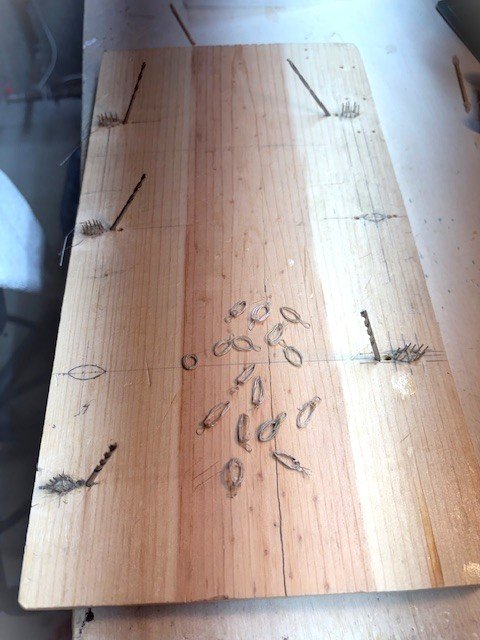

.jpg.1814d0b8c45c2a56af4fa62173ee1c91.jpg)
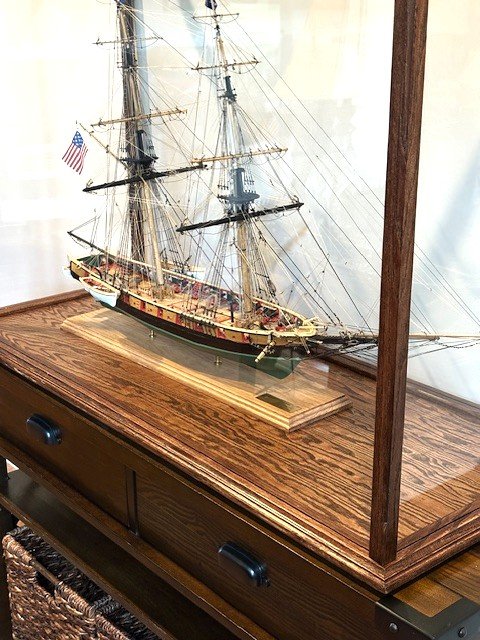
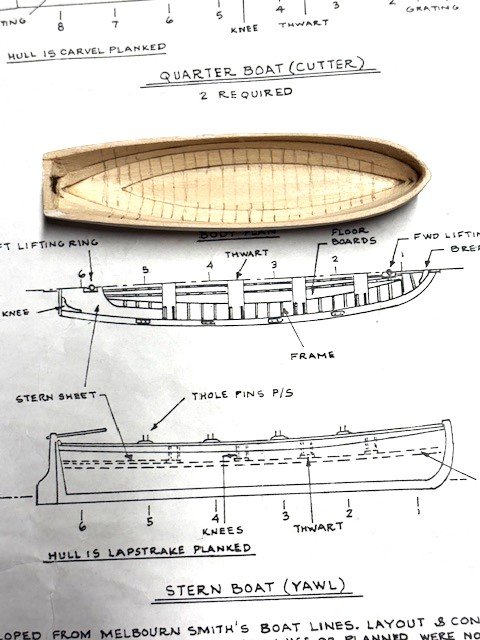
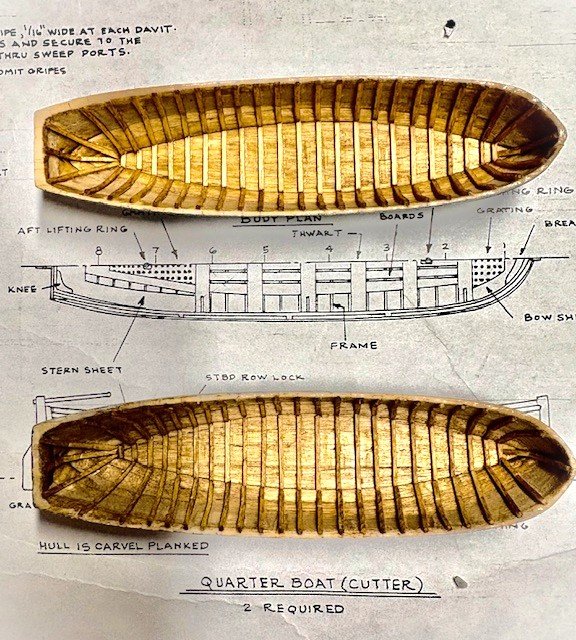
.jpg.598c4b4da5cf6e914cba5f575ece2791.jpg)
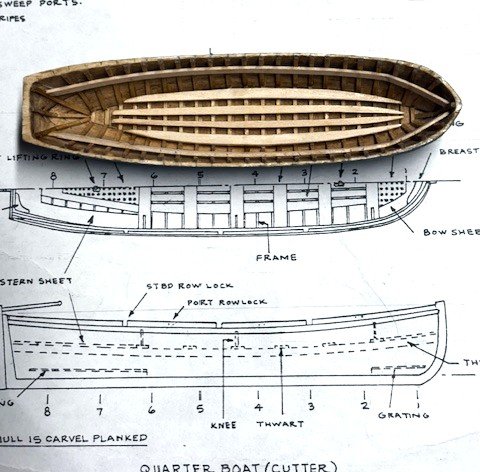
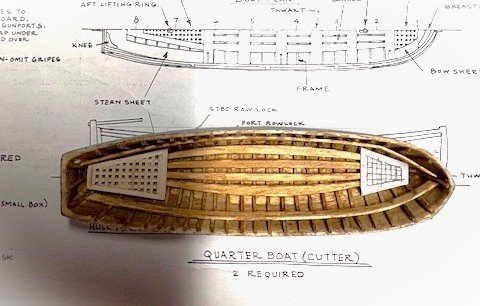
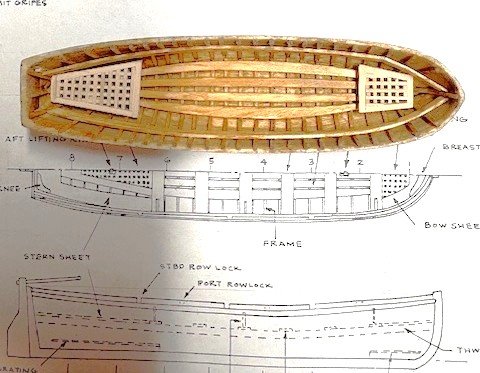
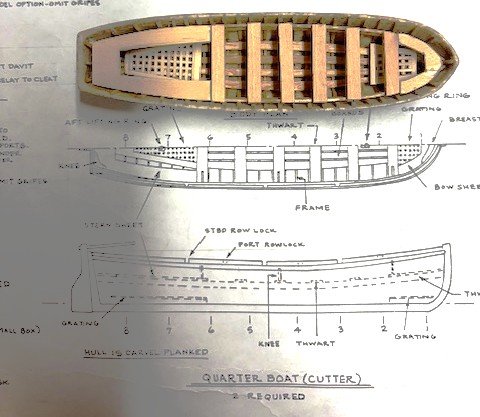
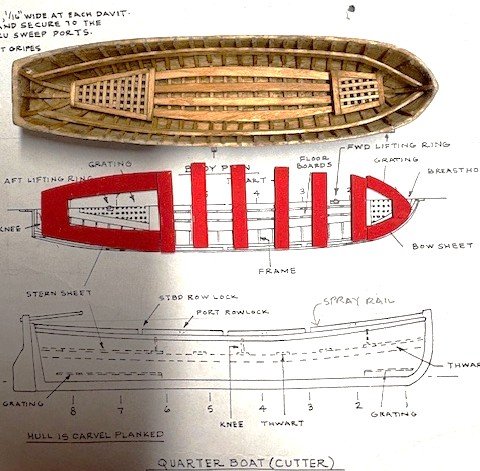
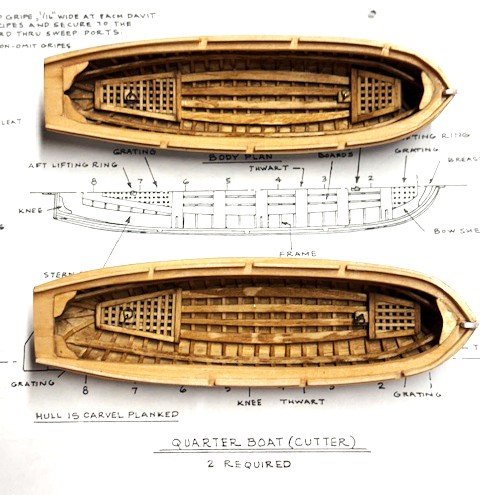
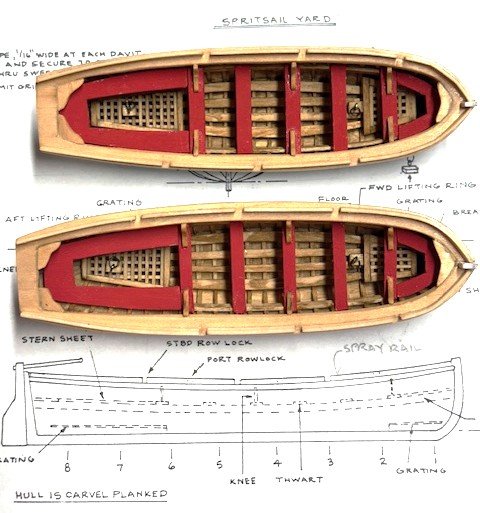
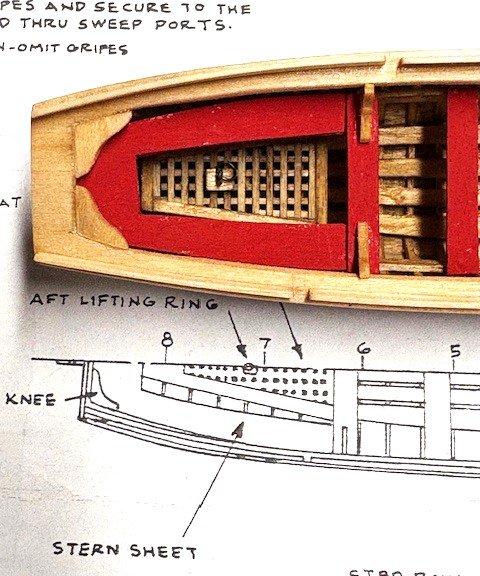
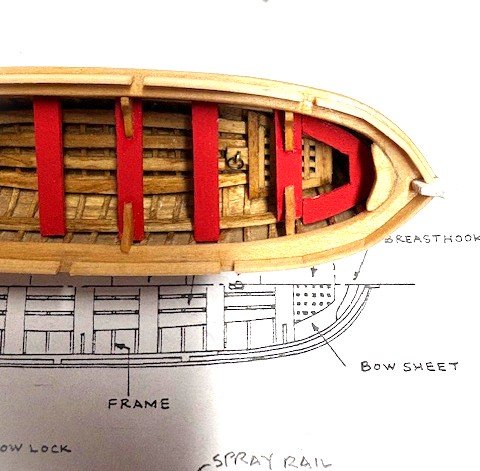
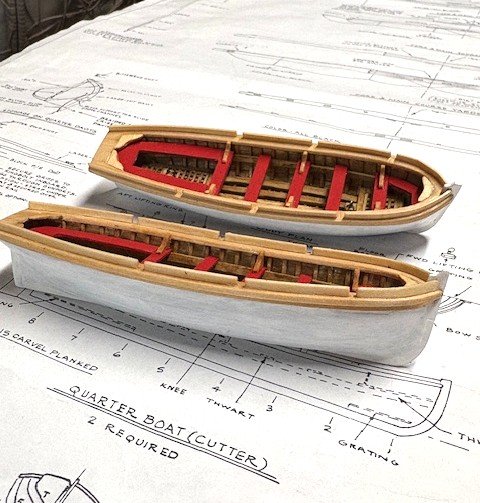
.jpg.73fecc935685a79bf0f1cd19861f89e5.jpg)
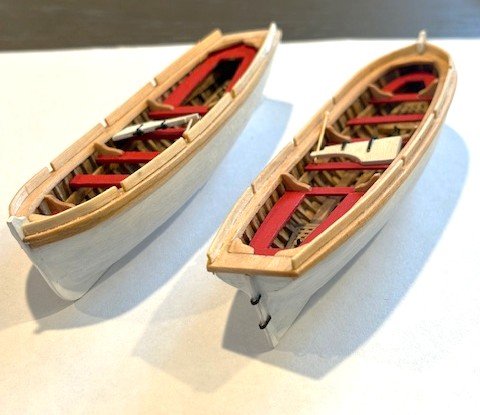
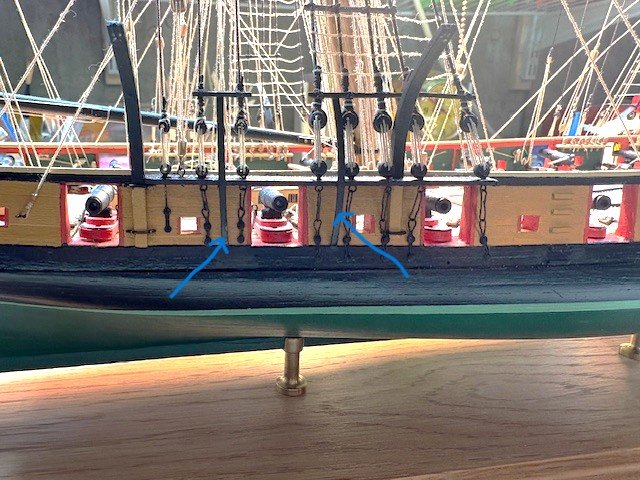
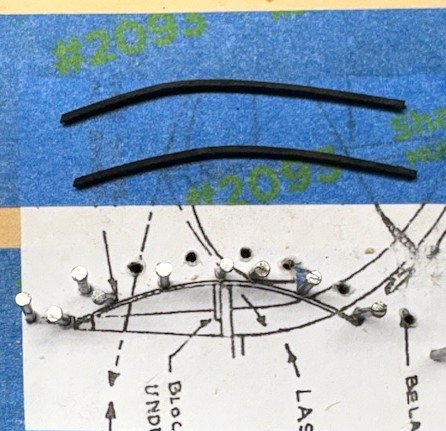
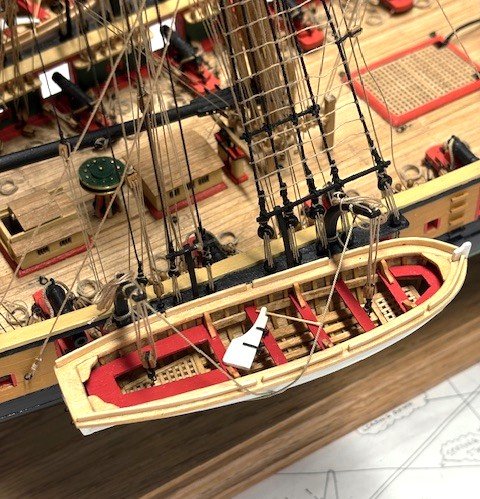
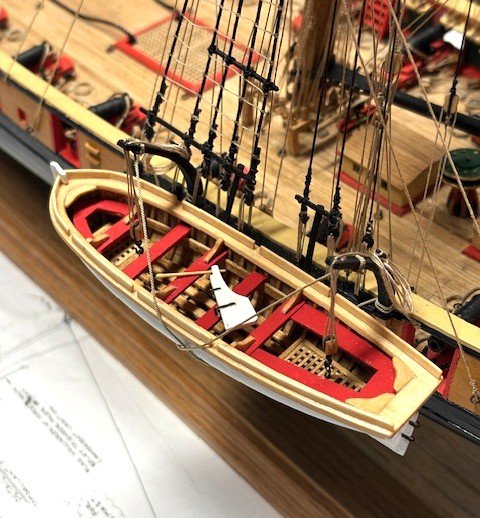
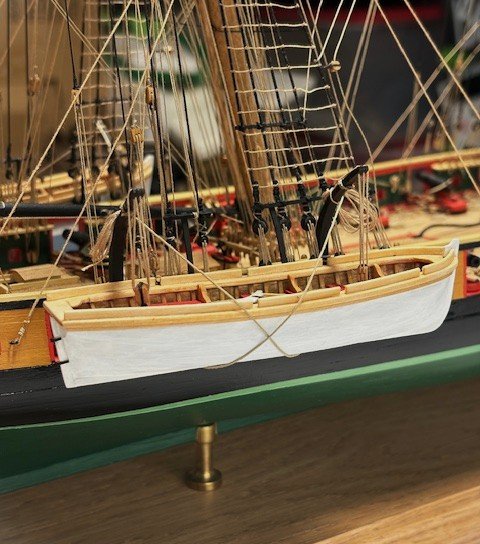
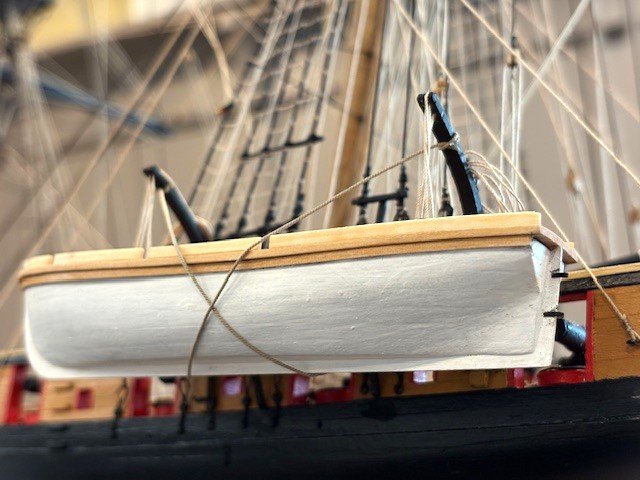

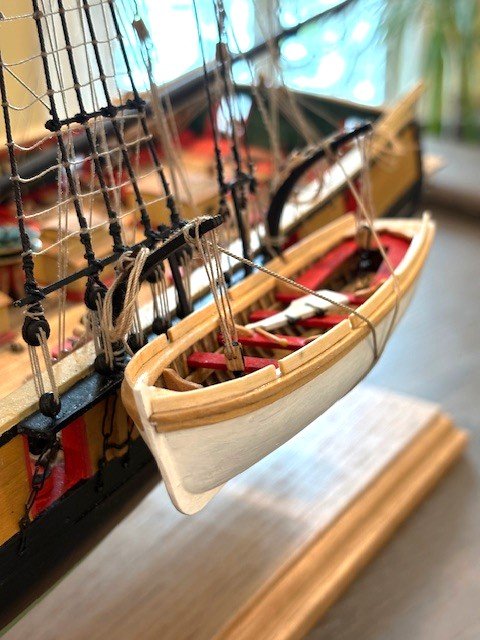
.jpg.46bf09b95323fd801f5f5ab65b1bc2dc.jpg)
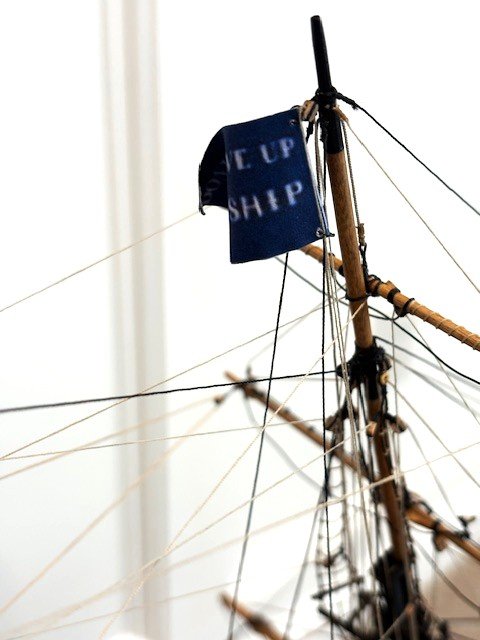

.jpg.d8fc9d76f688d246652d97bf71d25de6.jpg)
.jpg.d61ec5f2300d82c65f6f3f2ffae3d0c5.jpg)
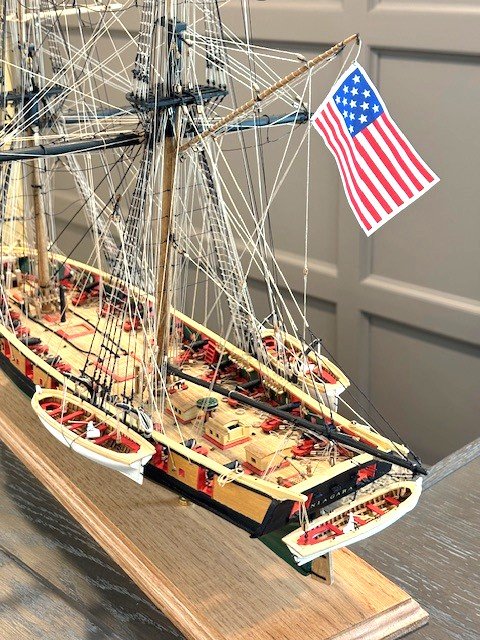
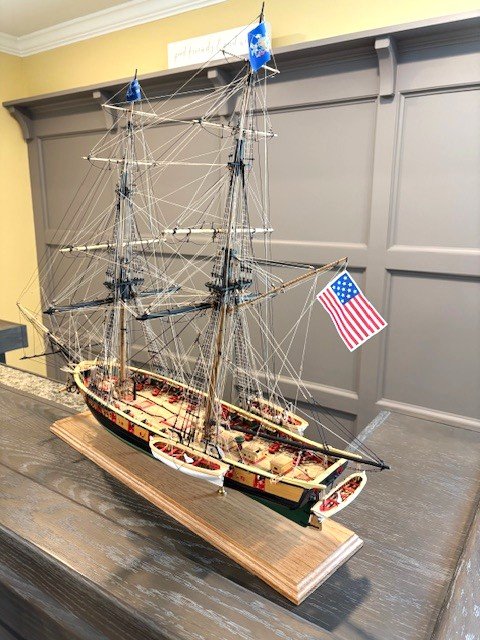

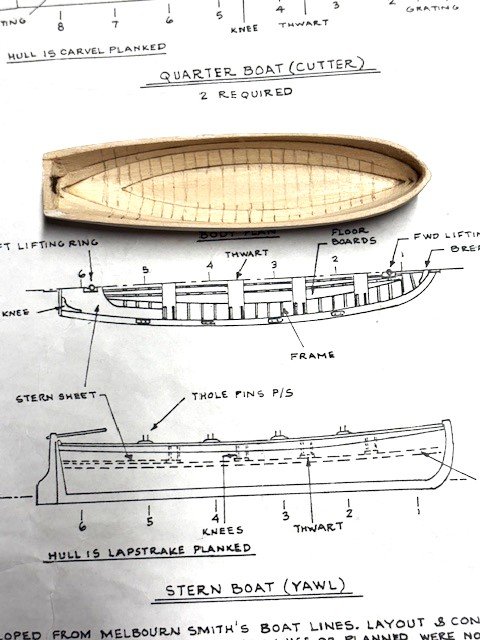
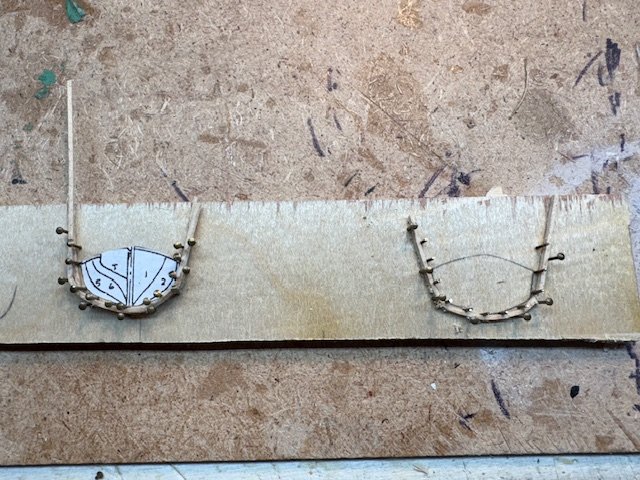
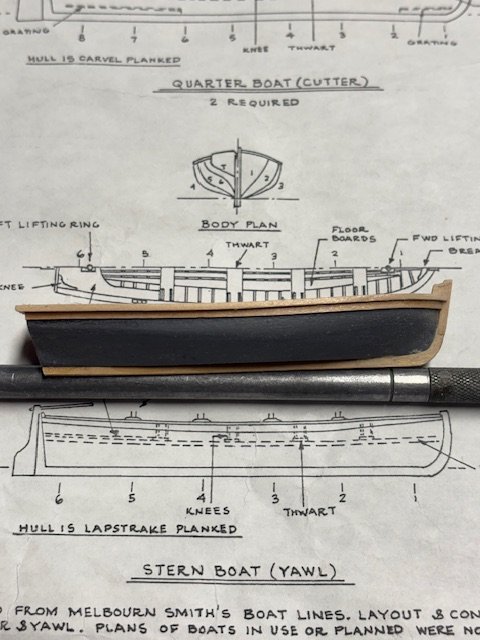
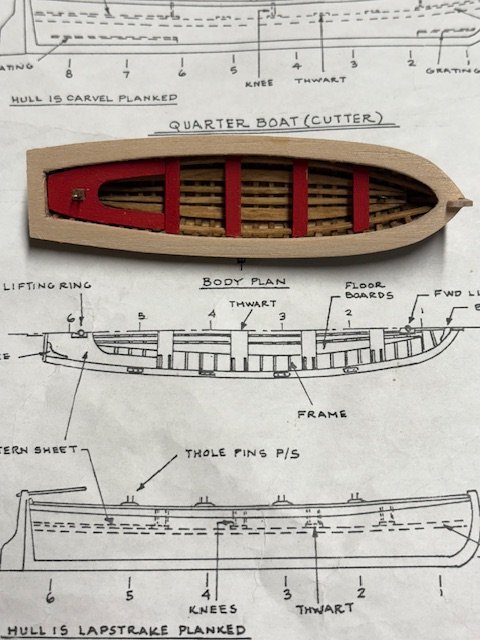
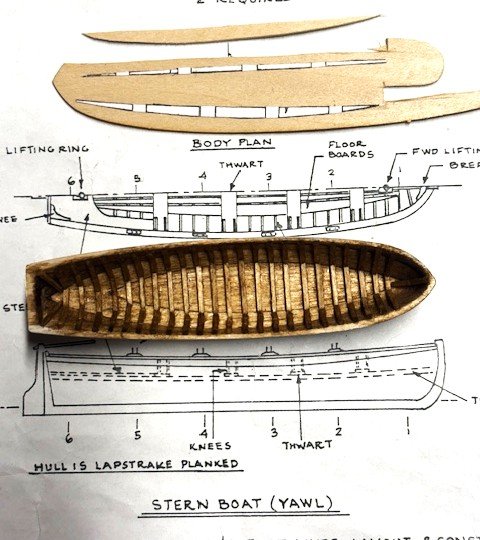
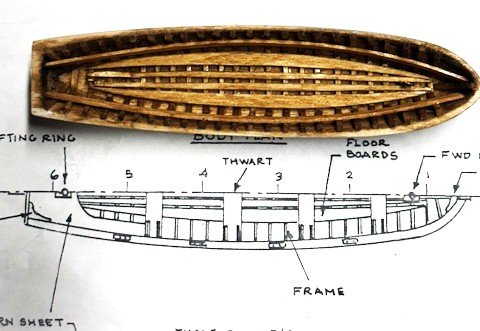
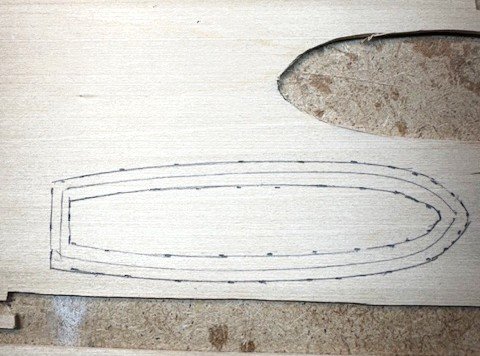
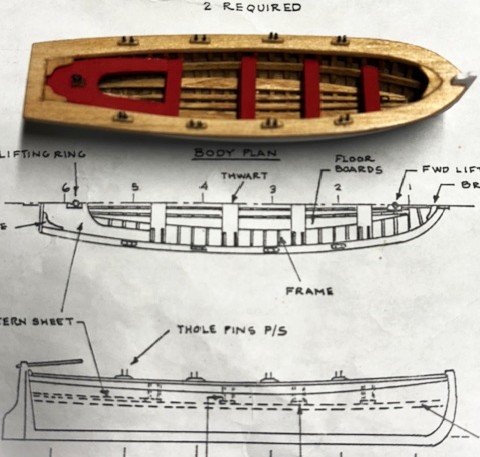

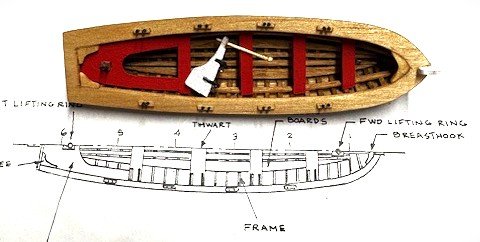
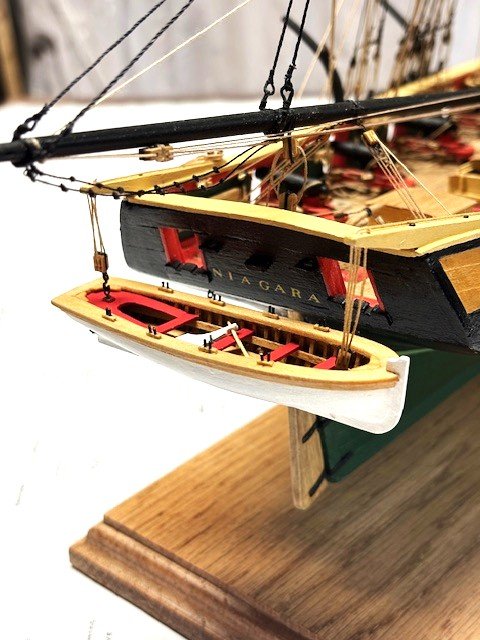
.jpg.30a936501ae734c970d156fff1eb7860.jpg)
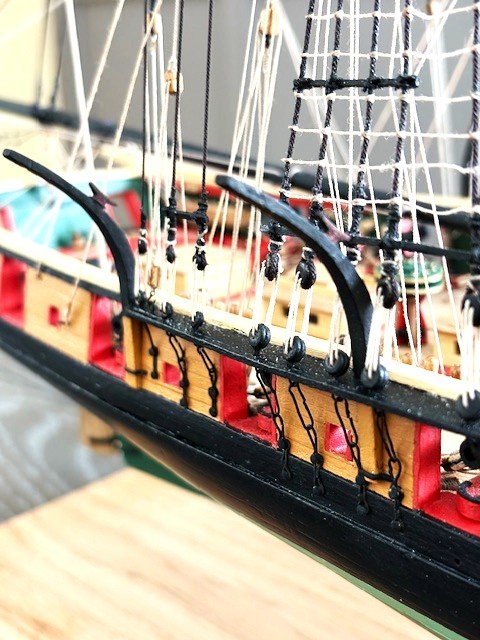
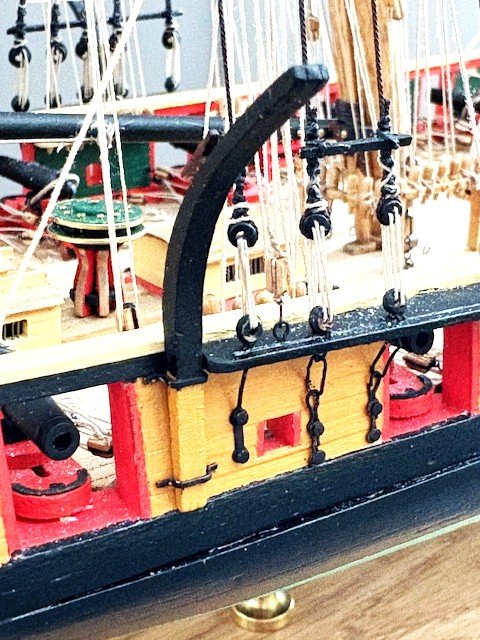
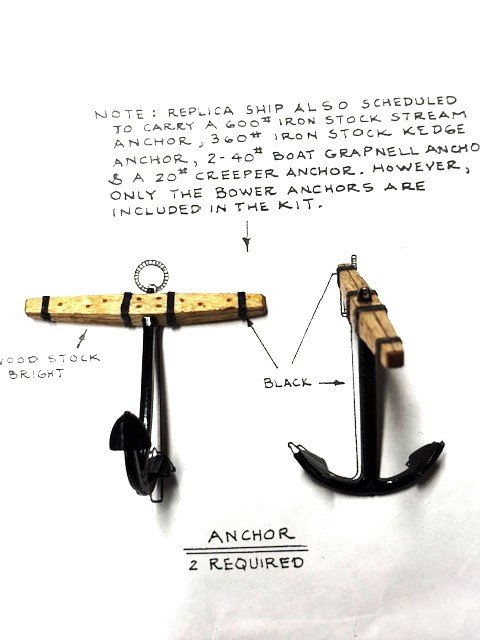
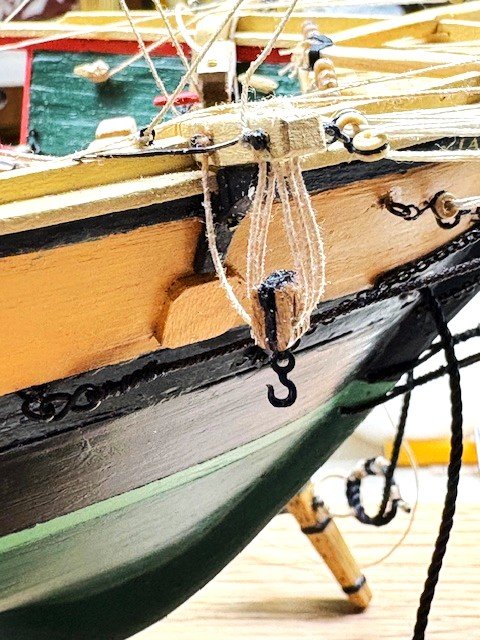
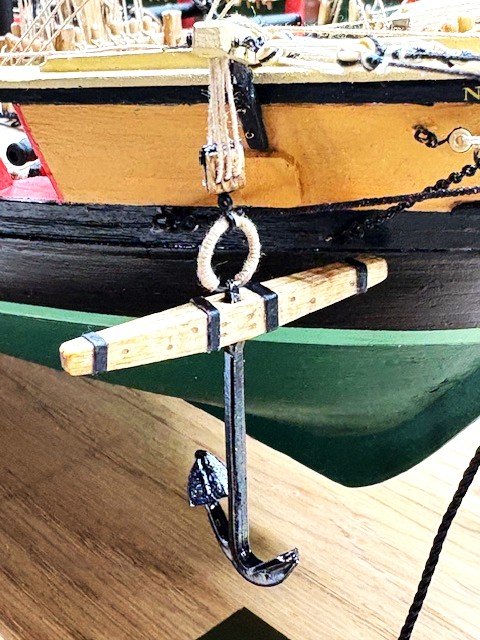
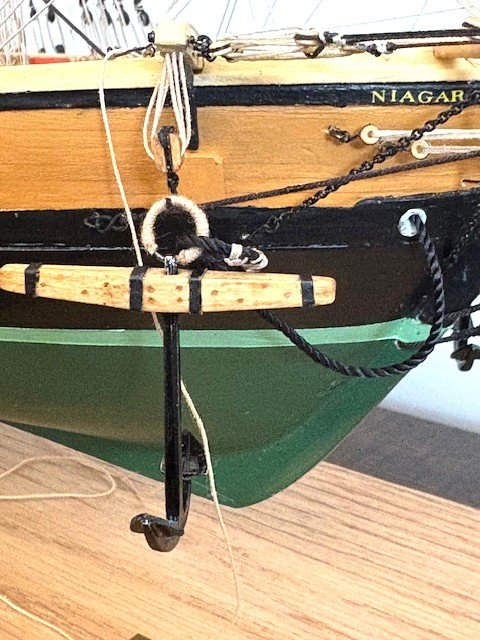
.jpg.4ceea23f375d5676d88416b676a69c20.jpg)
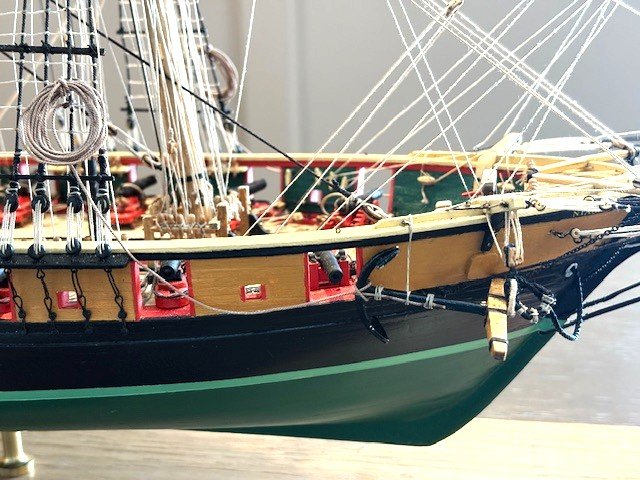
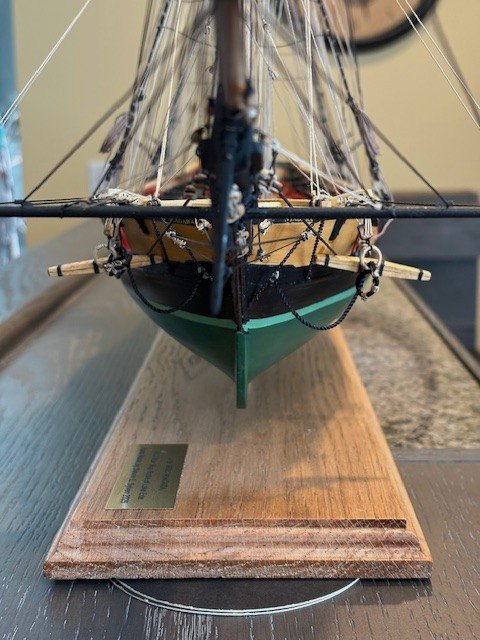
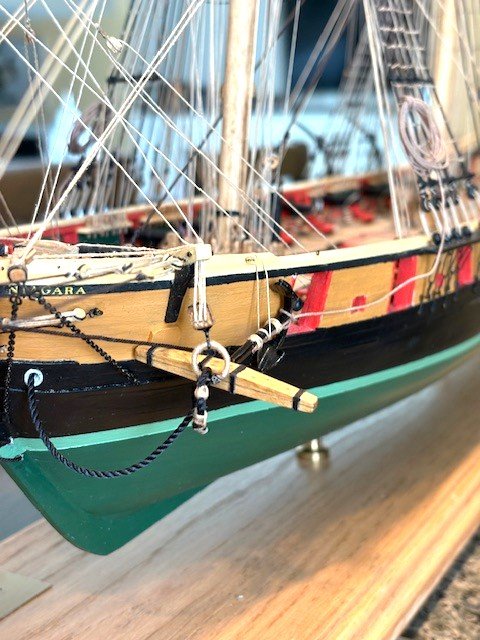
.jpg.55885cfcca8cba3de63bd0facc3785d2.jpg)
.jpg.c75ba509d841d2139ed02eca4a991b10.jpg)
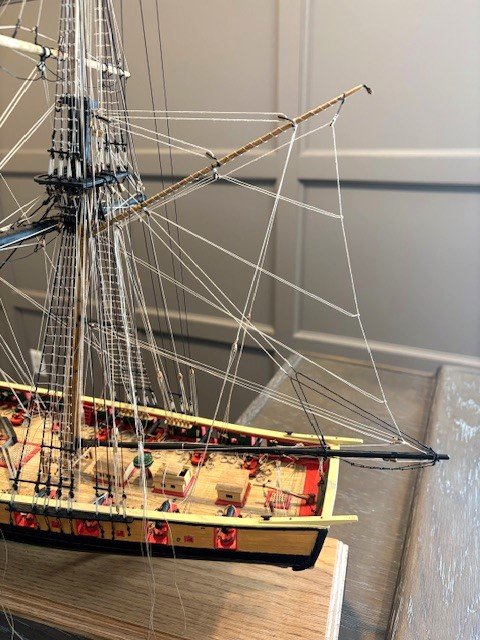
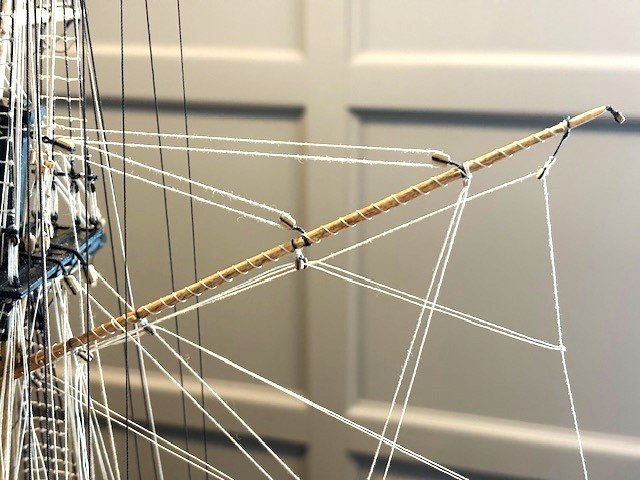
.jpg.671d66ce97a7af1c9b2fa545e38d1360.jpg)

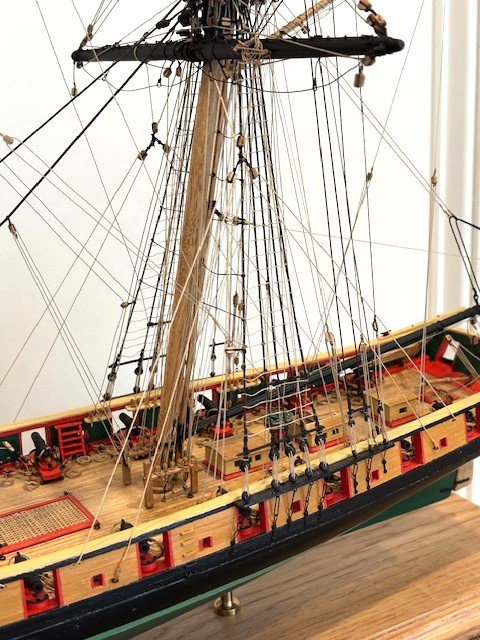
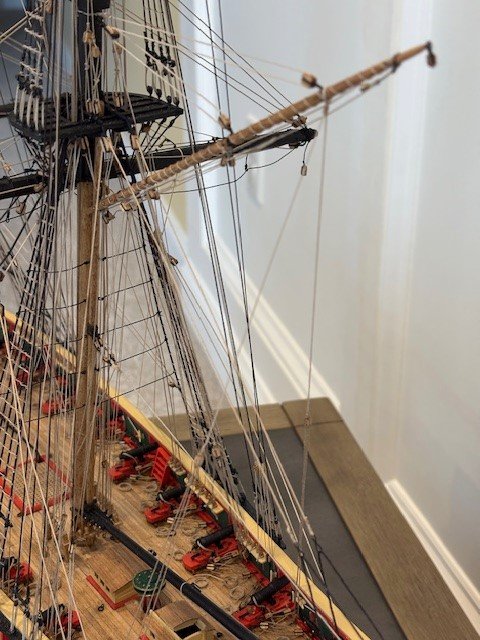
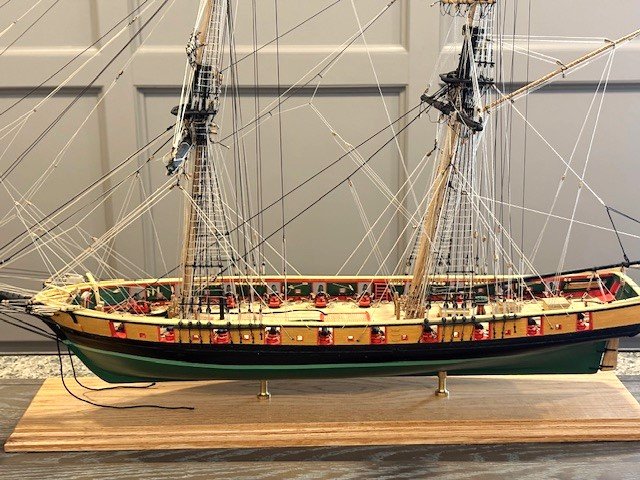
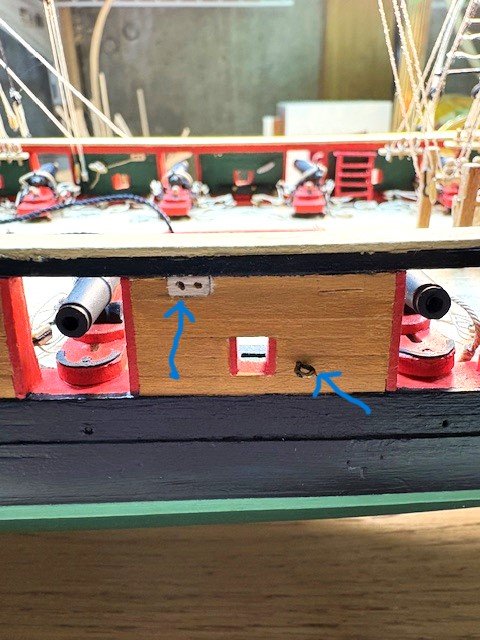
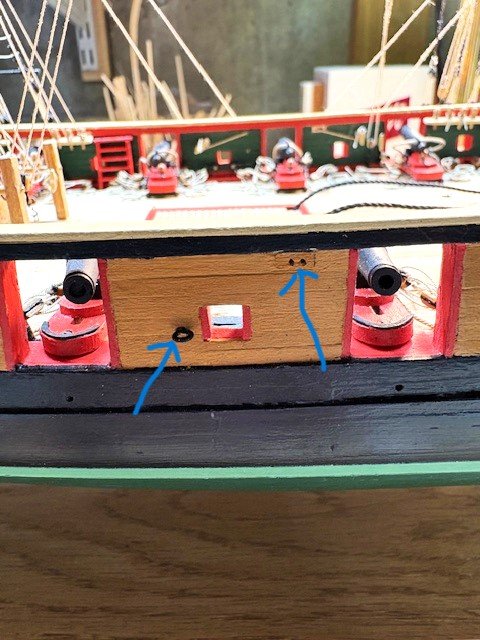
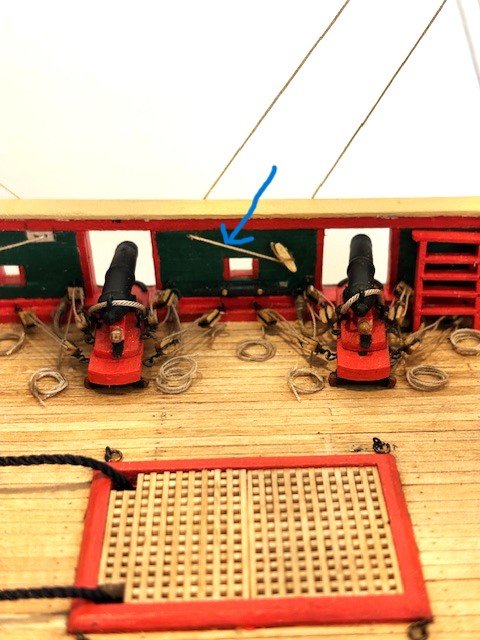
.jpg.384e96dc7aaac162dd358b2835180932.jpg)
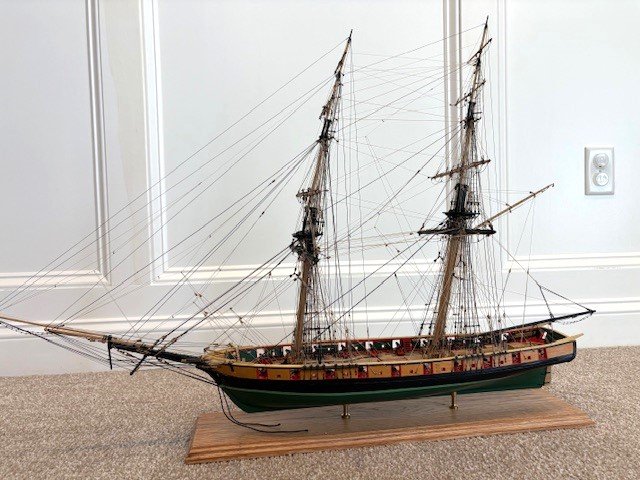
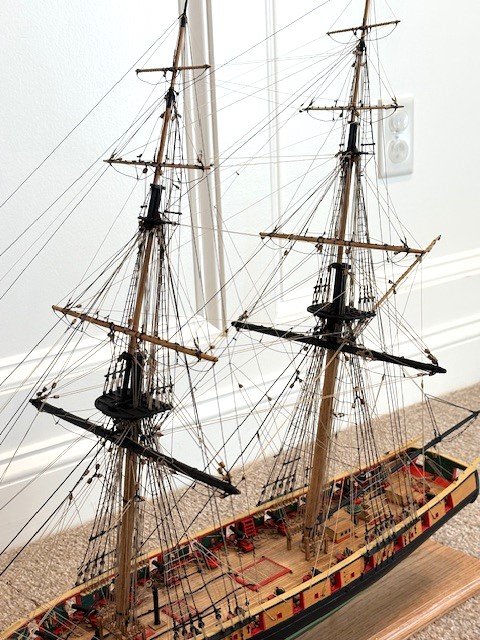
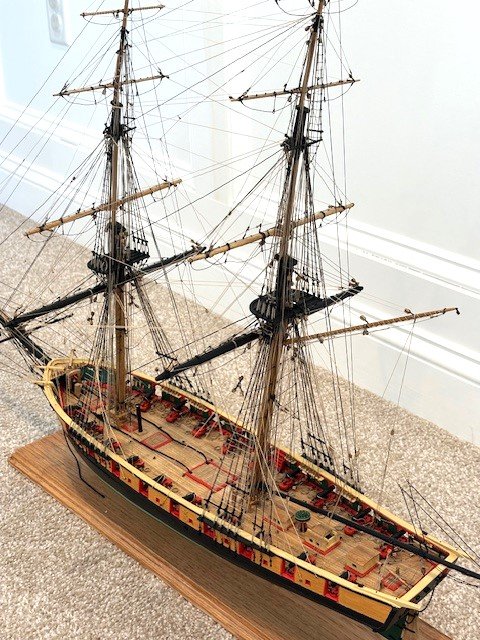
.jpg.35c1dbdef68c2680adaa31da92fd5be1.jpg)
.jpg.a03760bdf0e189a2f98086eef811791e.jpg)
.jpg.6da2ed999fa3a99e14a5475a9ad336f1.jpg)
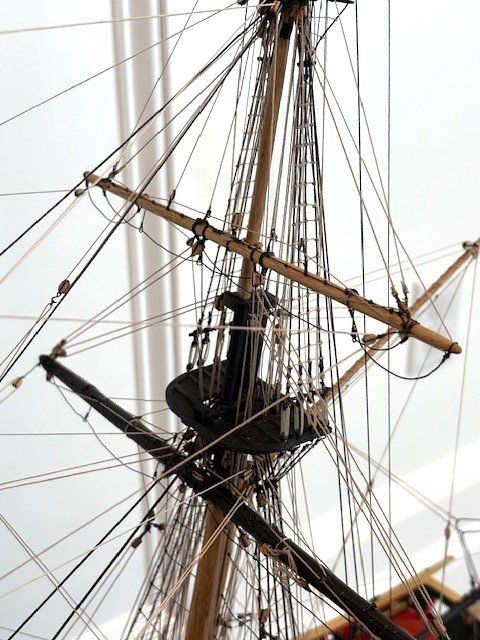
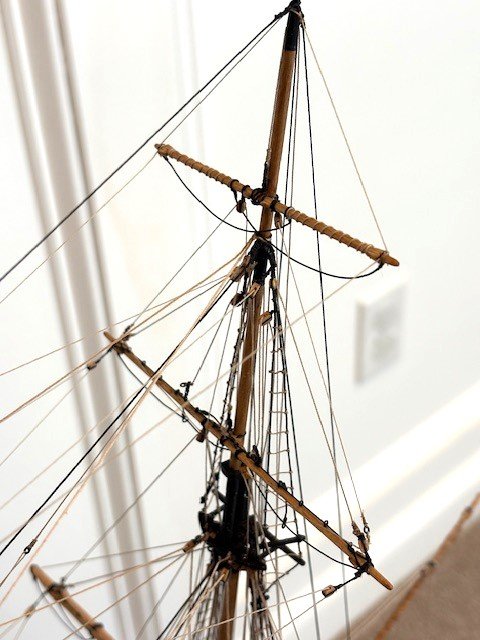
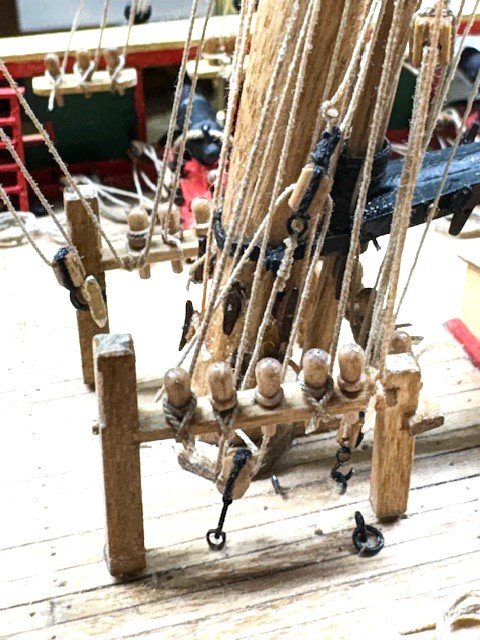
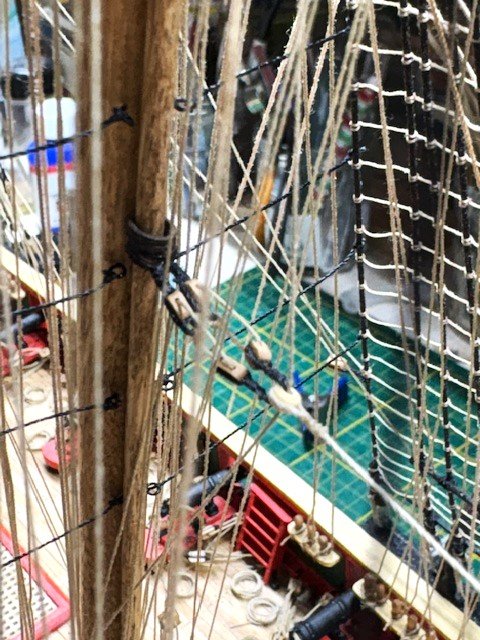
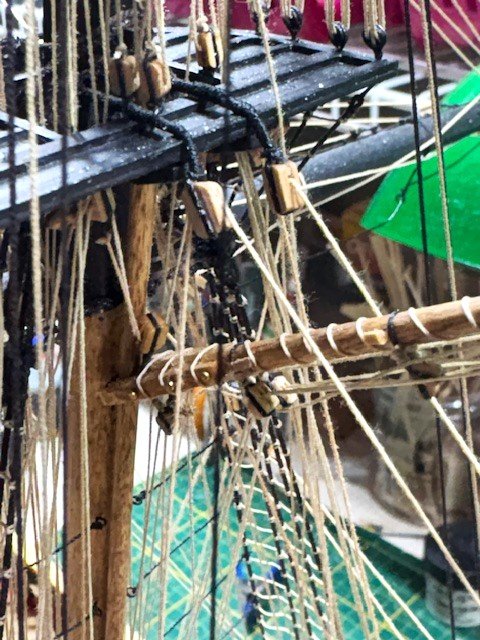

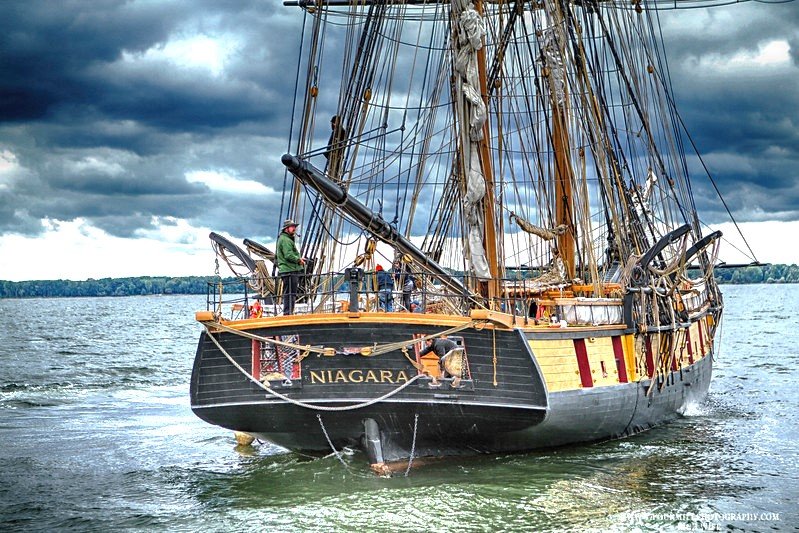
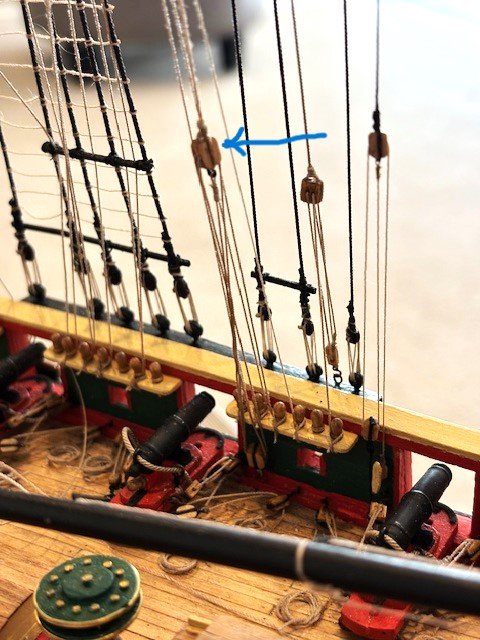
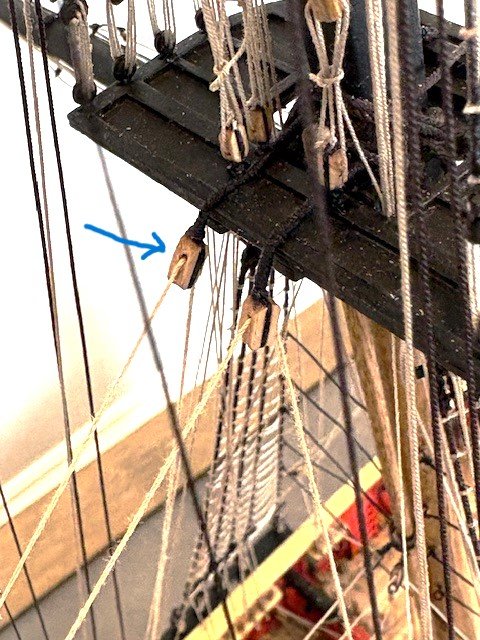
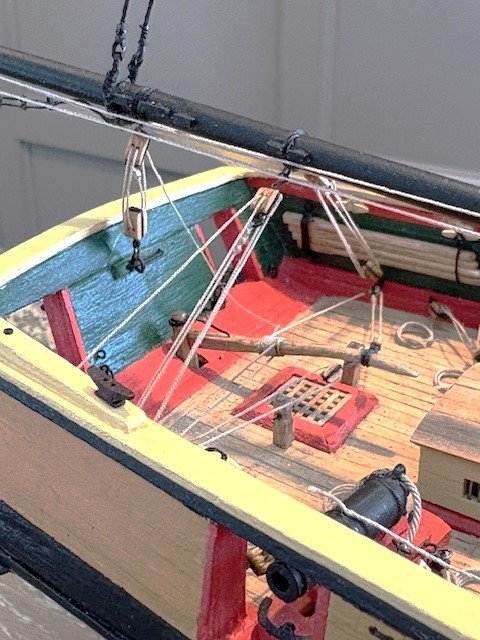
.jpg.1da5a53d58bd2978f7c2f386de18b29a.jpg)
.jpg.e3a15c3425516c602b3d58a731c08321.jpg)

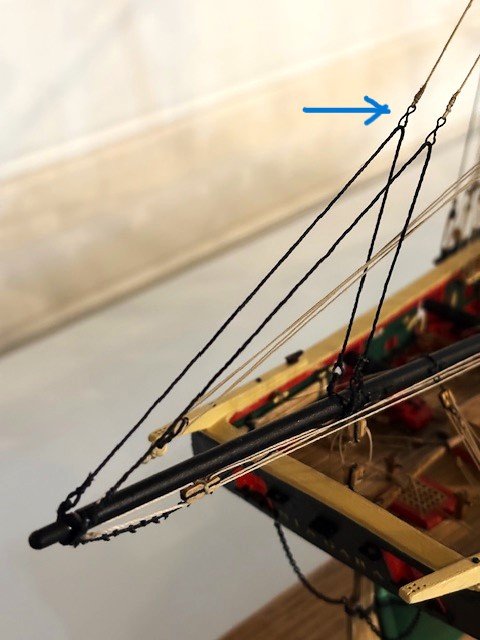
.jpg.0aff975ec83e429890b13d89b84f08d0.jpg)
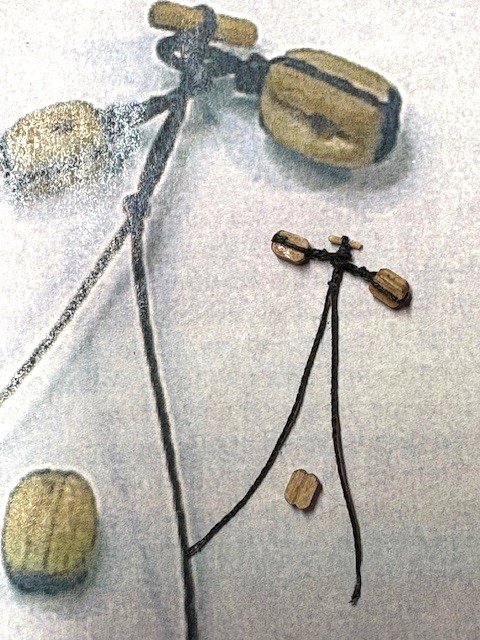
.jpg.4f37a119f154972e8c6065d11818f0cb.jpg)
.jpg.d55c3d713323016965c0561cd71e9b0e.jpg)
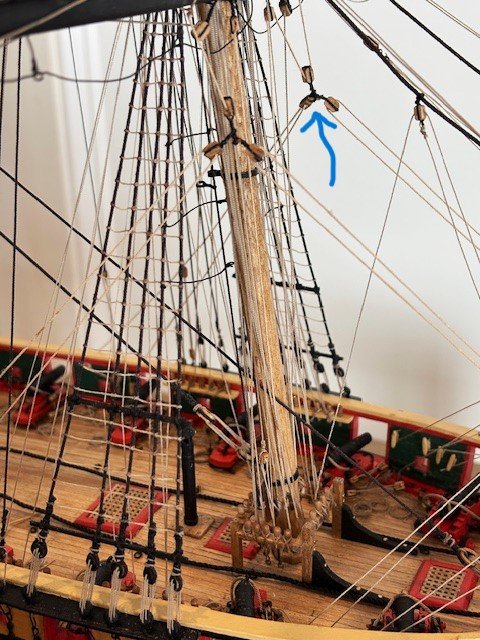
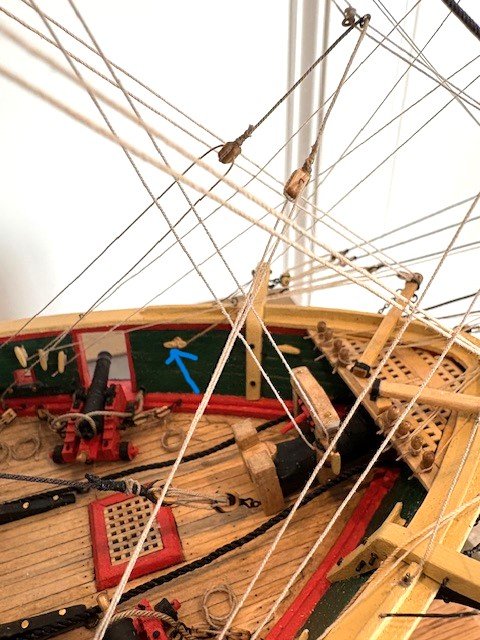
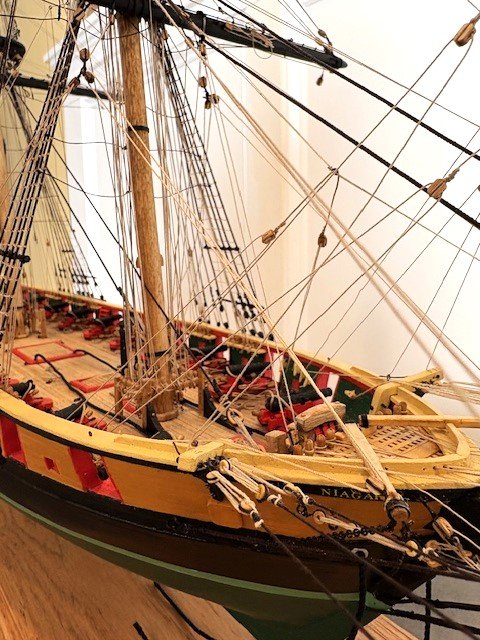
.jpg.5be36a02b089069150f16b9562489ce1.jpg)
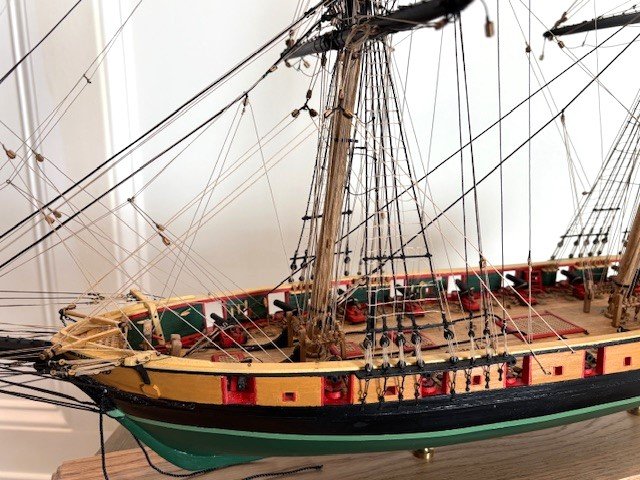
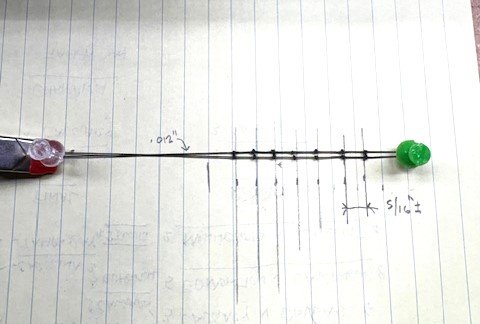
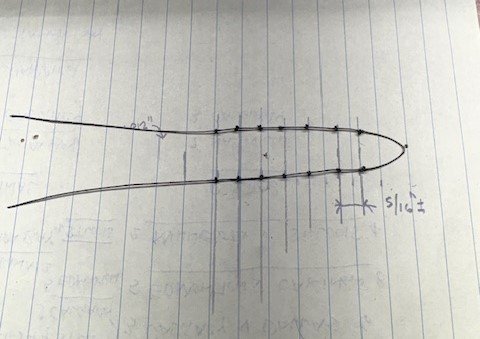
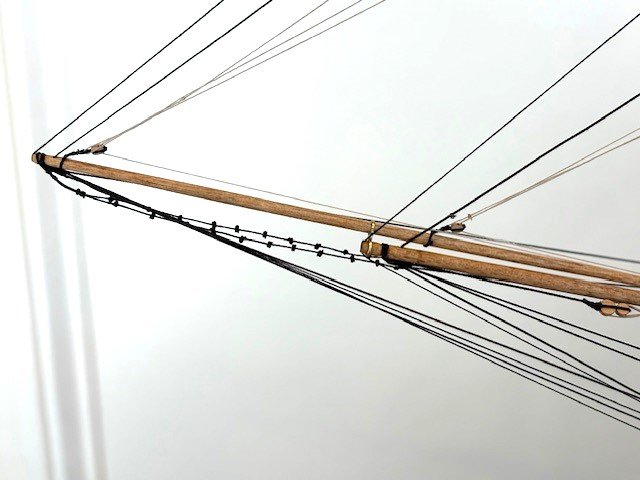
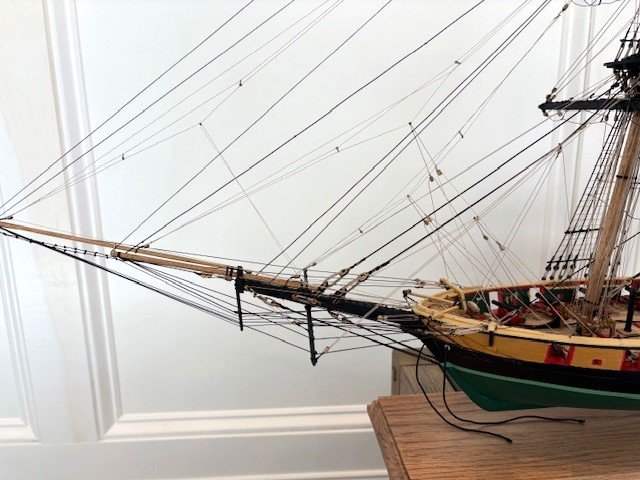
.jpg.f72ed9619ea9224138385e458aa0dbce.jpg)
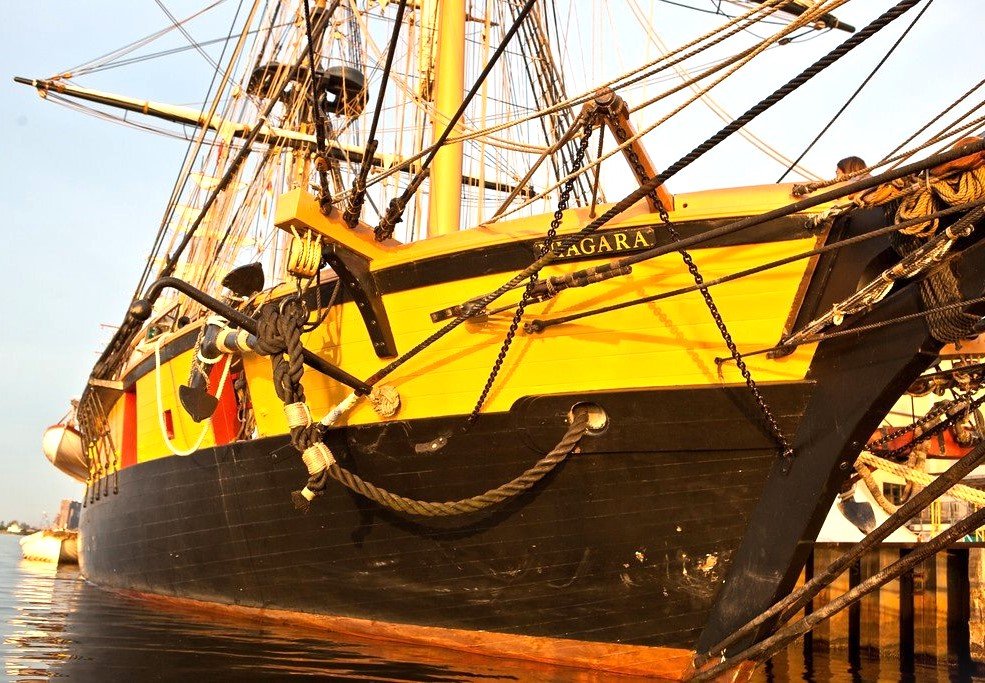
.jpg.7a48087f98d9c6488e13e96df4335082.jpg)
.jpg.931acee6beba3a7ac83017579676afea.jpg)
.jpg.b2708f0e717dd42a760fd6cdbfee07fa.jpg)
.jpg.fbc194de34c1b99374b5cd27a6fdcc8e.jpg)
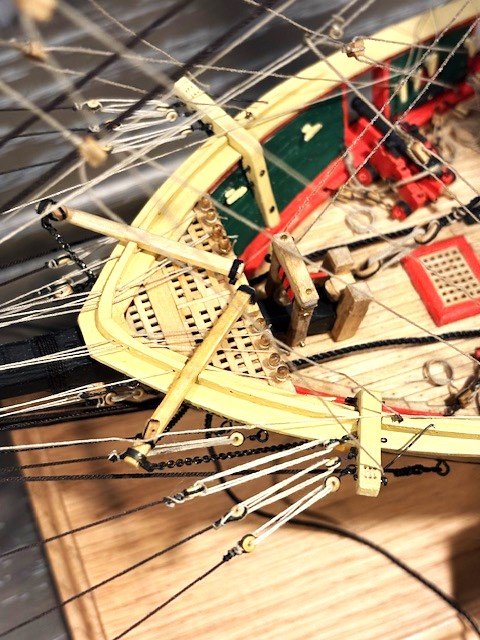
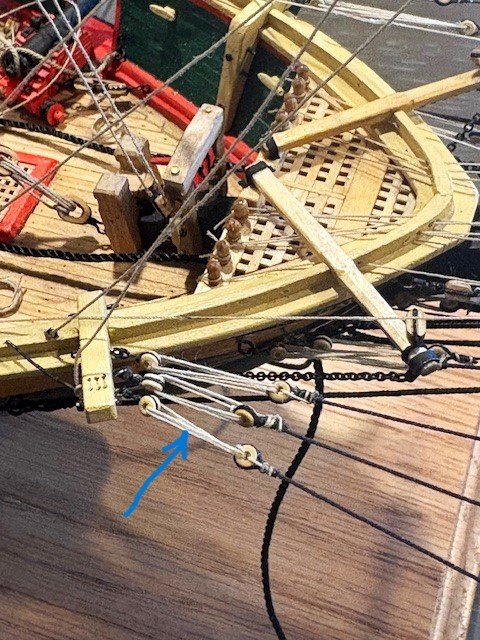
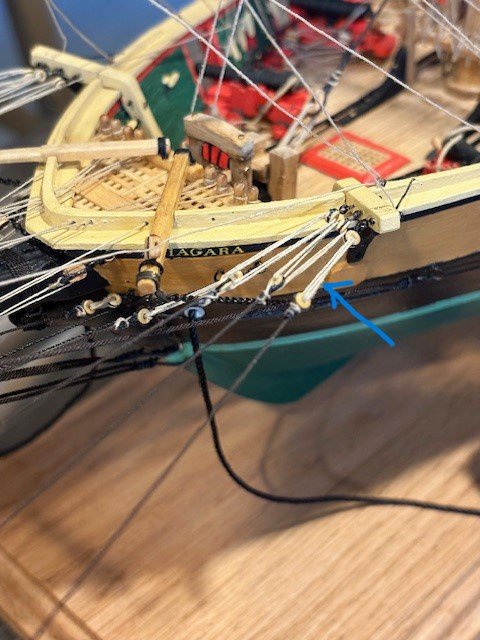
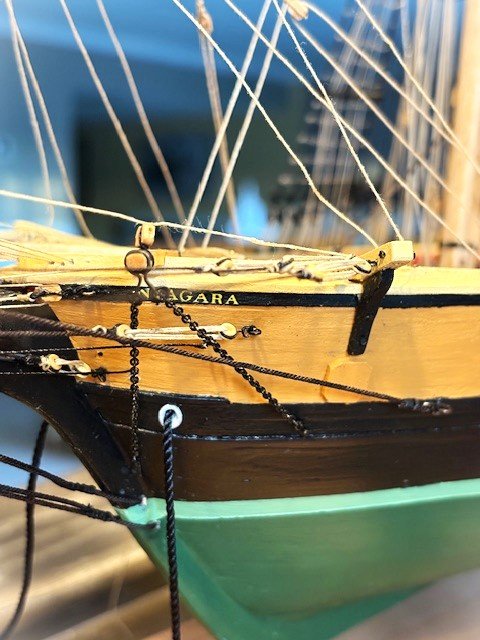
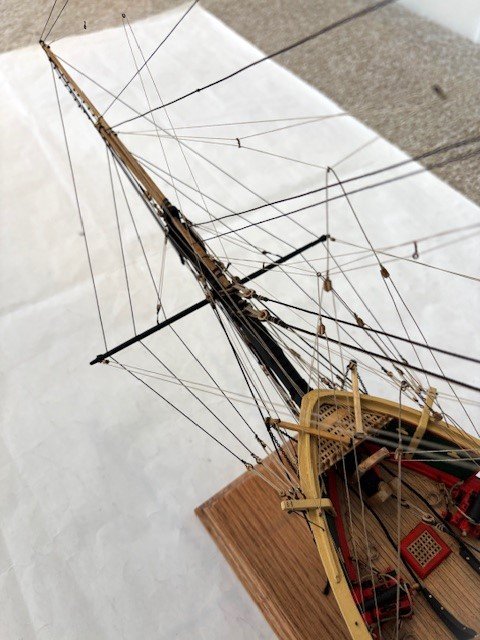
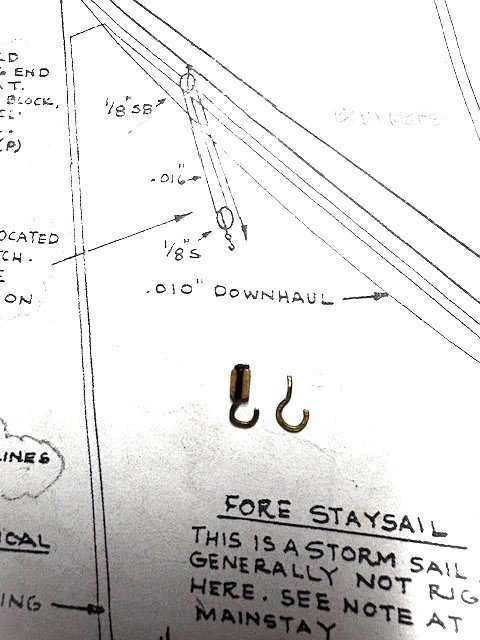
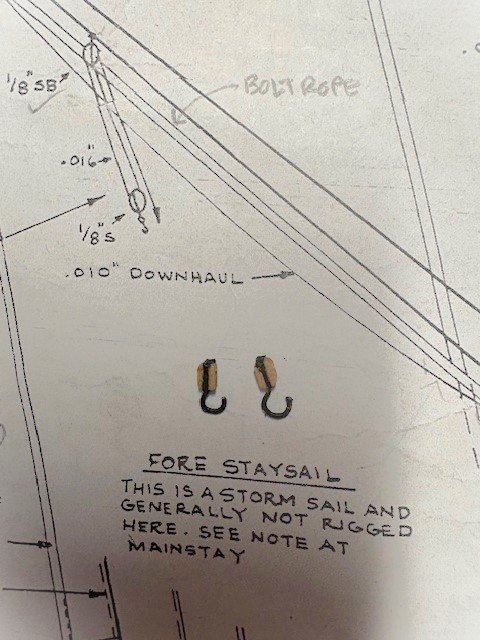
.jpg.1bffeae0b35d811c459fa5b7def7ebec.jpg)

.jpg.d3c655a59938818ccb57fd3c1aeb8ae7.jpg)
.jpg.05cc0636ef352ed7b6b281224a6d312c.jpg)
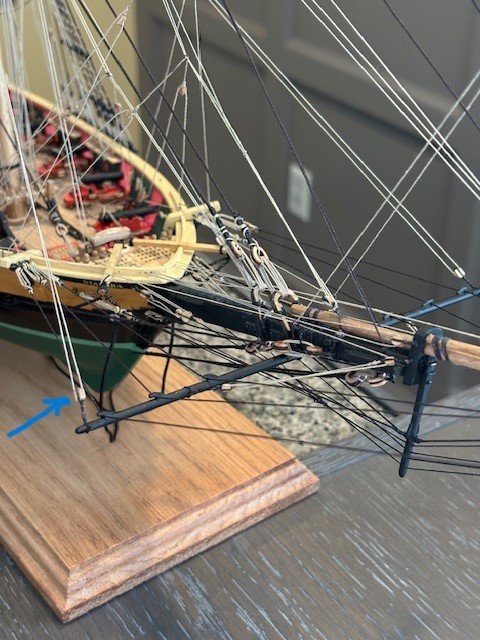
.jpg.30160e312951d04aed57a6723cbbd613.jpg)
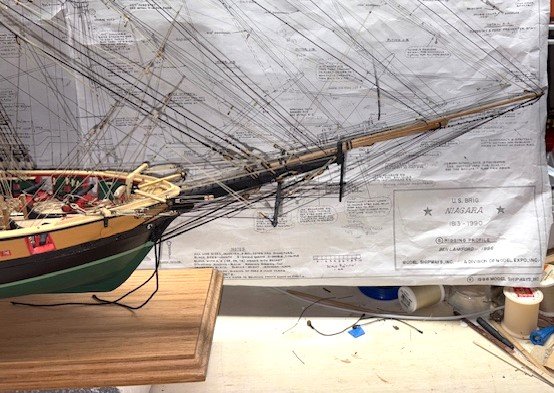
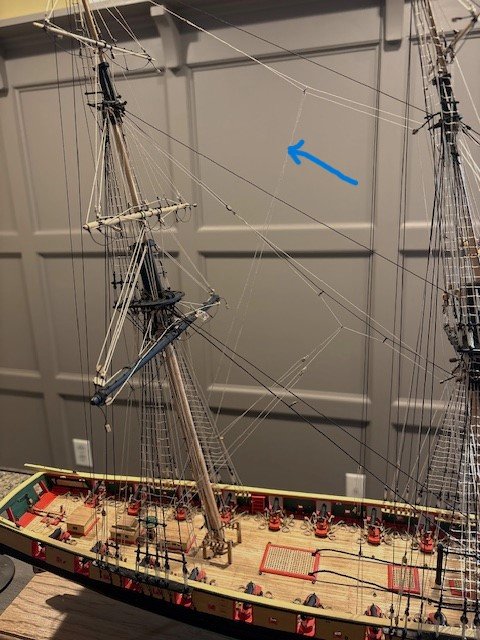
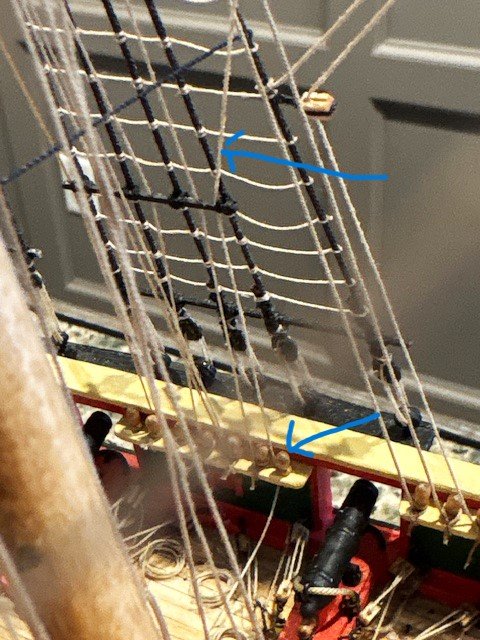
.jpg.0f502aa90114330e45126a808eb88c06.jpg)

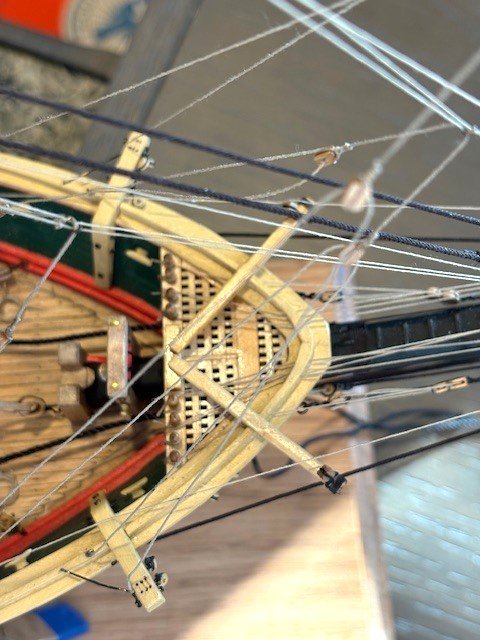
.jpg.168d66e07c23dbe4a956343f90b459d9.jpg)
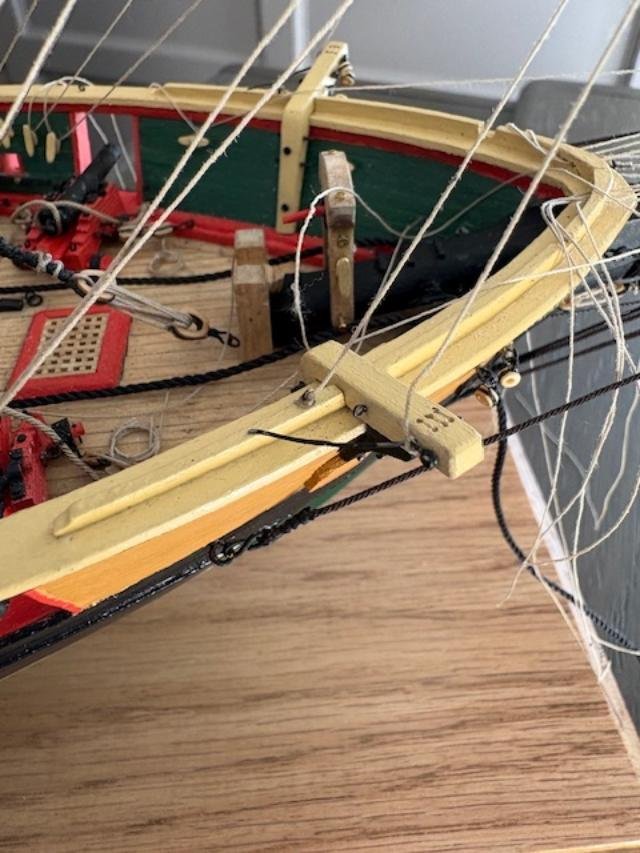
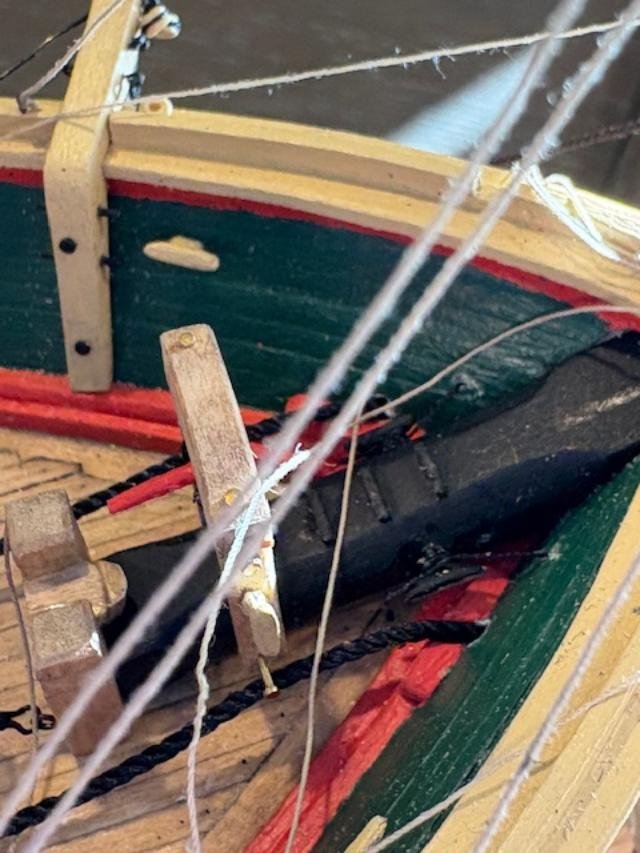
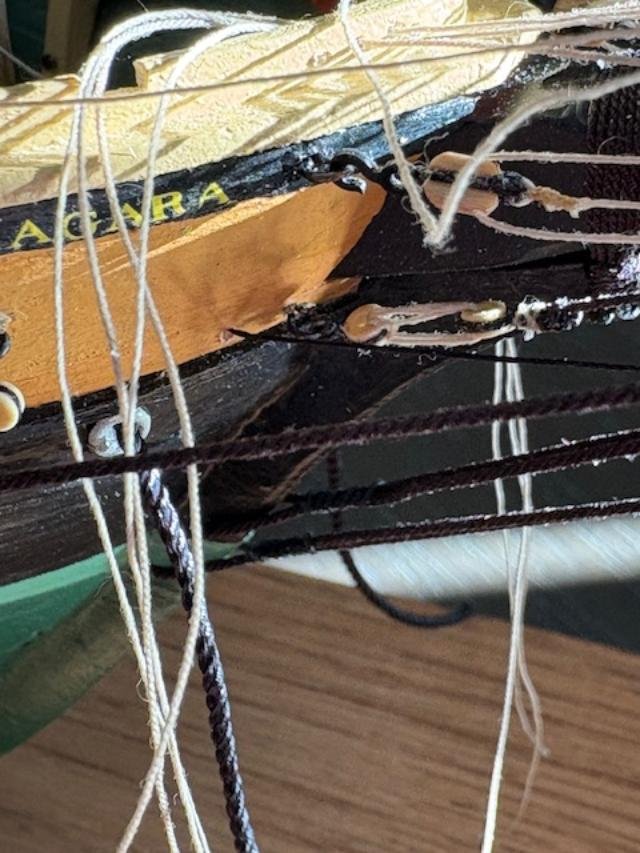
.jpg.aeb7f5b8d333c66eb196f4d7bcde5e53.jpg)
.jpg.fba3a5f4142855d03ed0b5a7c4052902.jpg)
.jpg.30560030e081c2b00bdcecc87e562715.jpg)
.jpg.5cd580dbb06a43312b6a5de81864b6c1.jpg)
.jpg.78cbb1fe20917961217a1478374501fc.jpg)
.jpg.cb96b8ab4599993d424afee813d17698.jpg)
.jpg.1edf103386c43cb87d4afa30e3783fd8.jpg)
.jpg.4ec4ef14751016d4ace92c9c4a241a1c.jpg)
.jpg.b704877f4f8c0ef24b011ec27c330820.jpg)
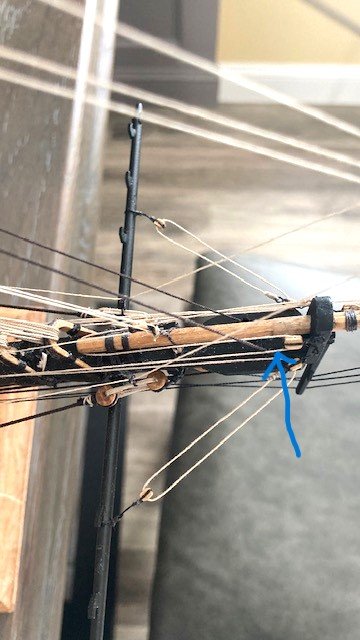

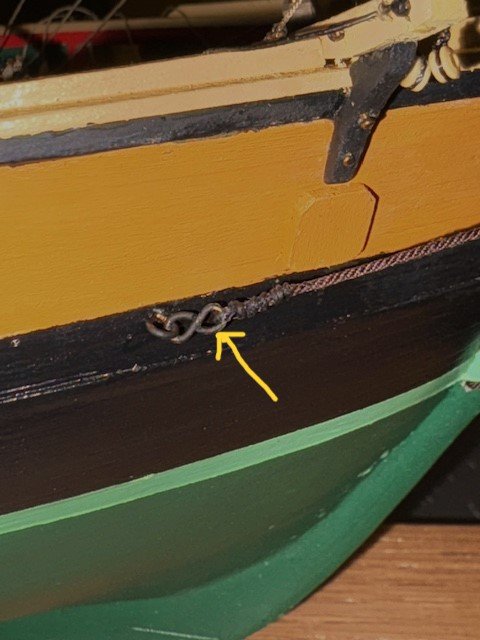

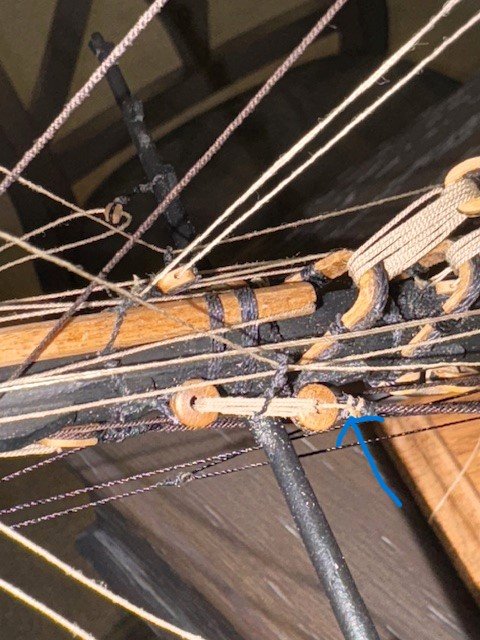
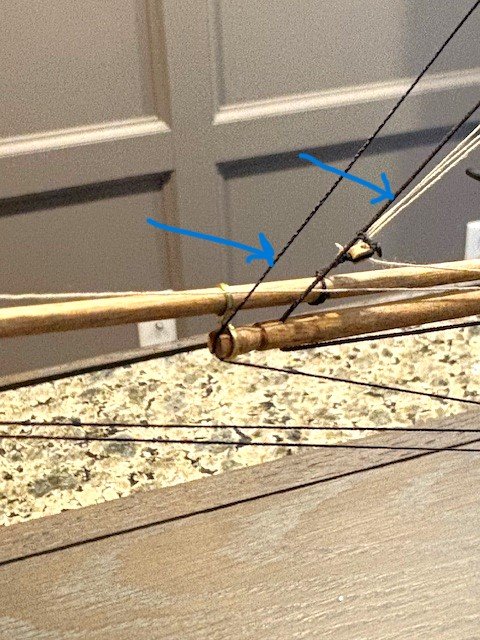
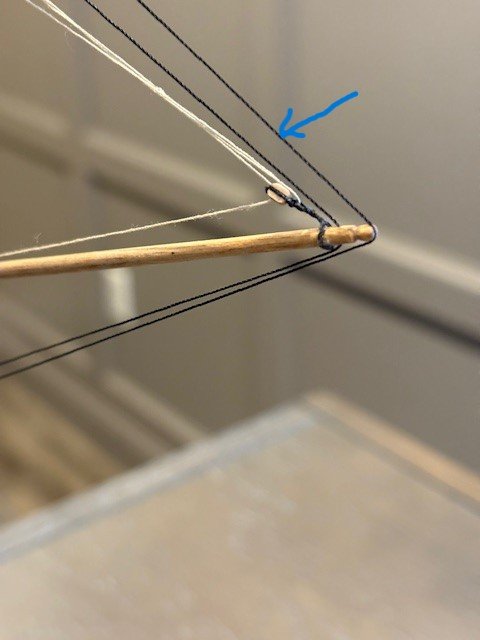
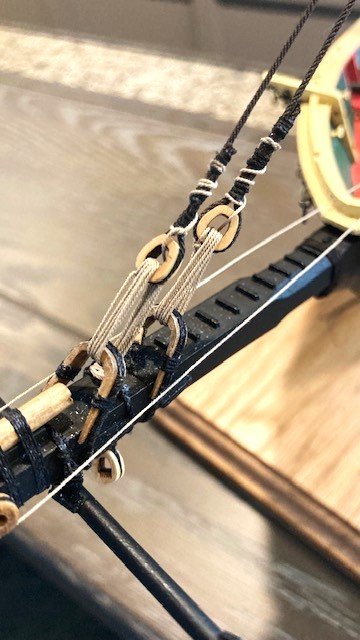
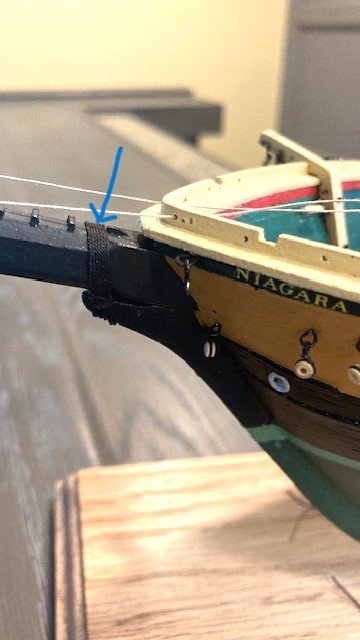
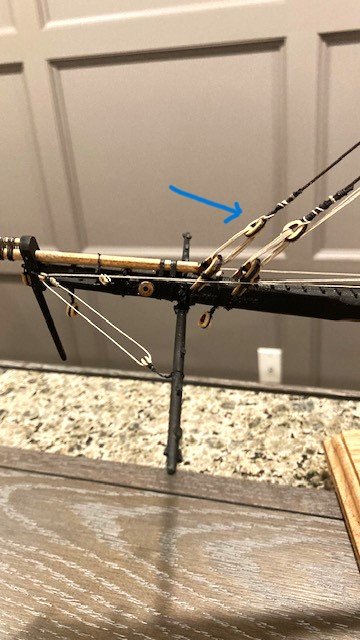
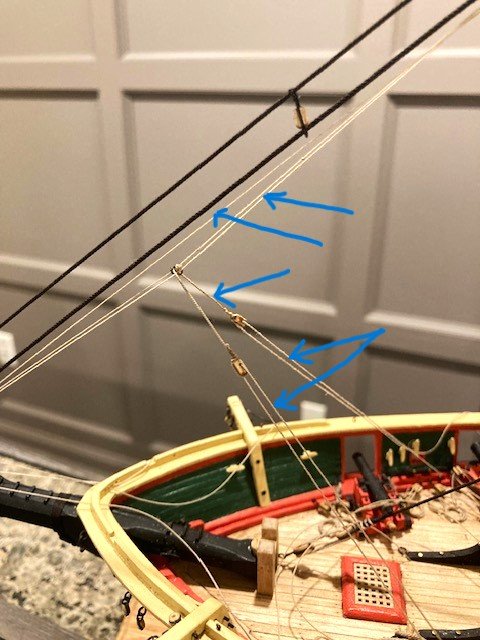
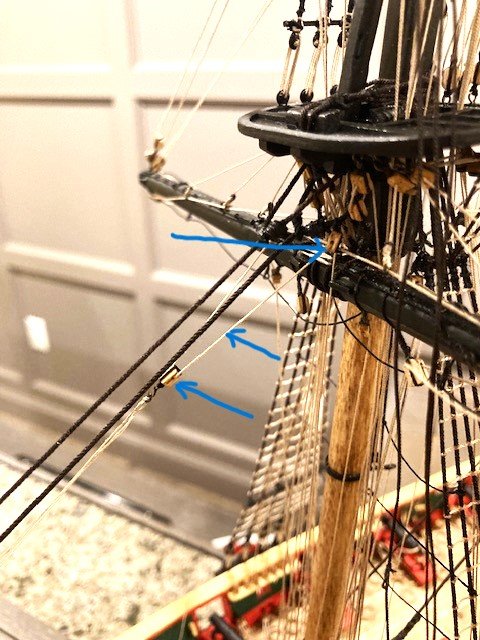
.jpg.72d49b1fdcc7c70a7ed080d3e1ec9ede.jpg)
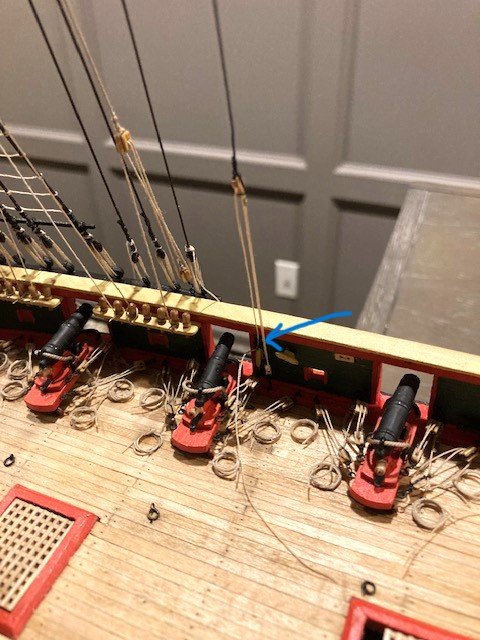
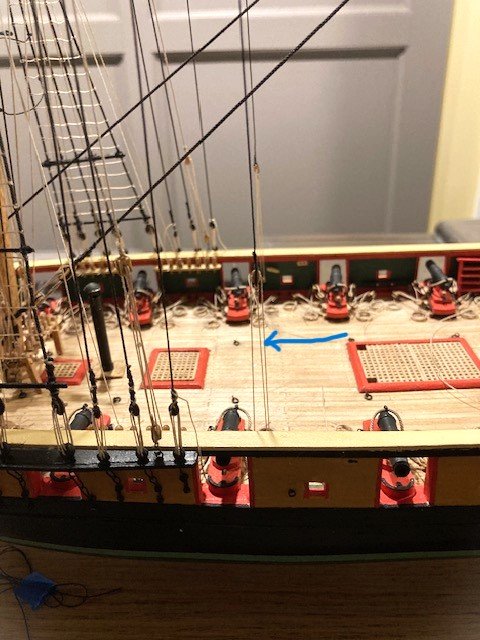

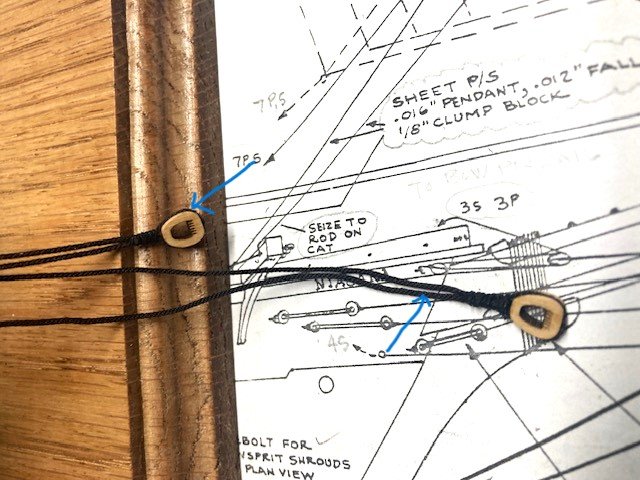
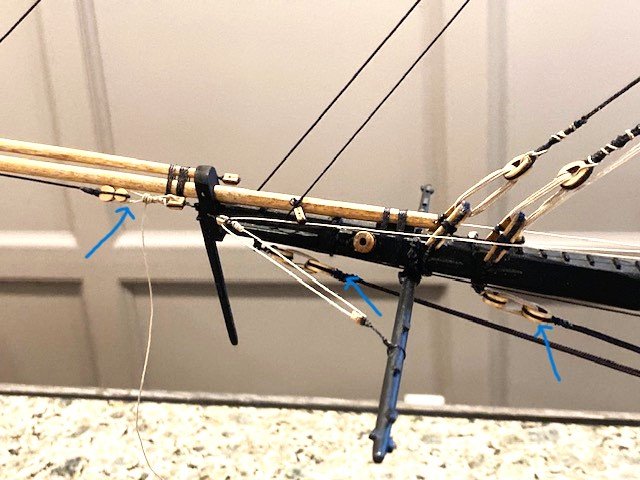
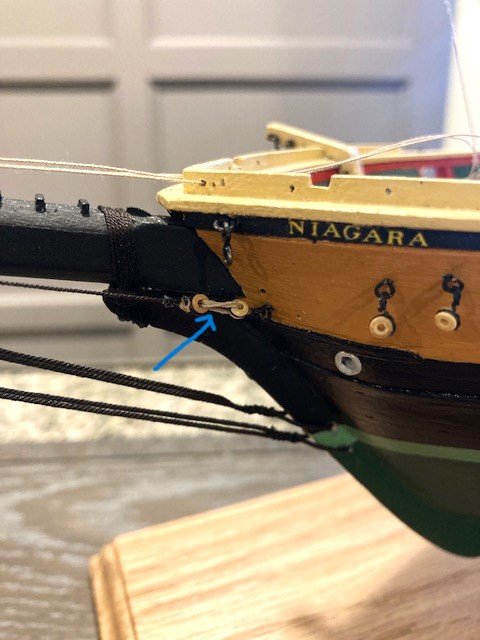
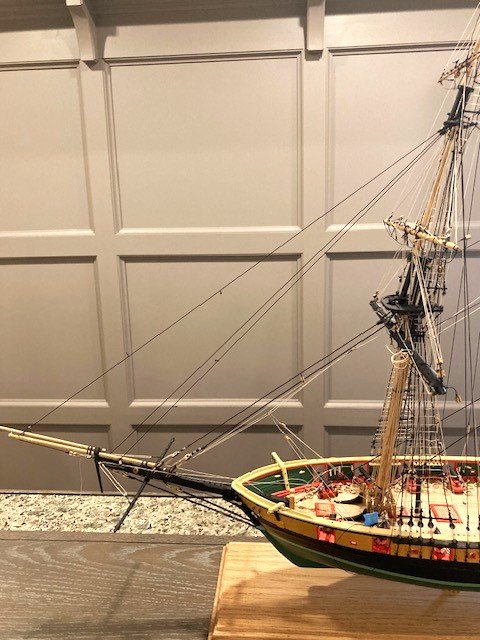
.jpg.8b60365b6825095663b195cd0fe0d400.jpg)
.jpg.fce025bd4b1eab45b01c786c76cb0eee.jpg)
.jpg.7183edeeb8d097d7483a89188dcf791f.jpg)
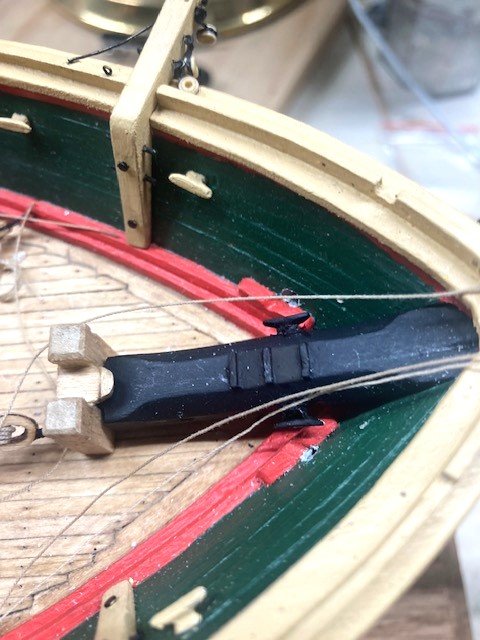
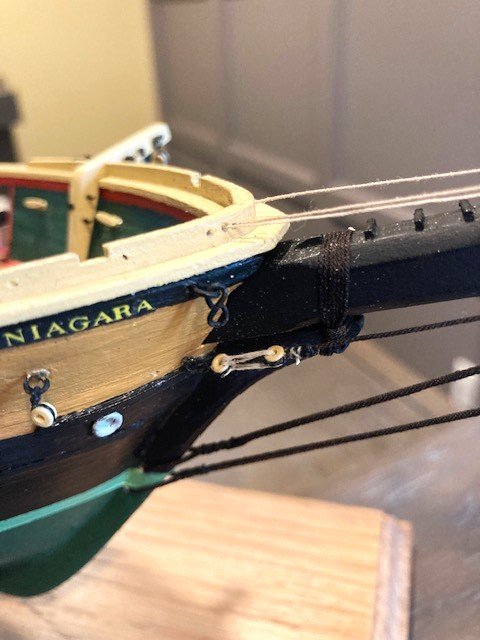
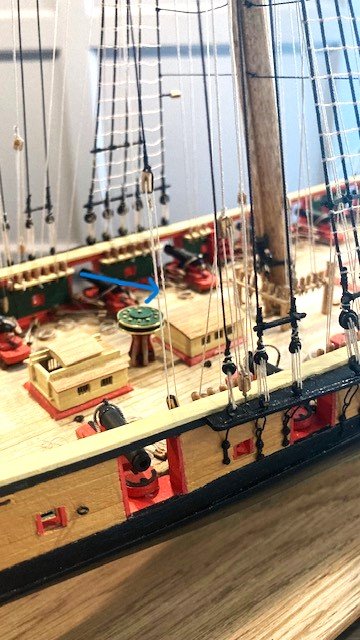
.jpg.570370c4dd452a246a8b0c8b1d76105d.jpg)
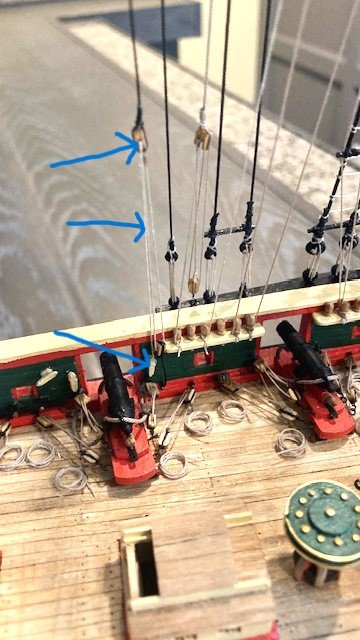
.jpg.caac2937598471a8ffaeb9ee2cd54f07.jpg)
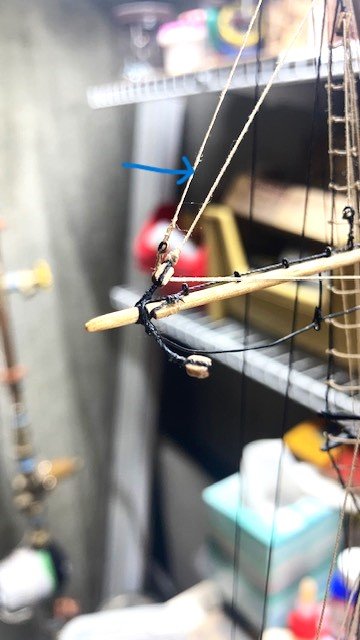
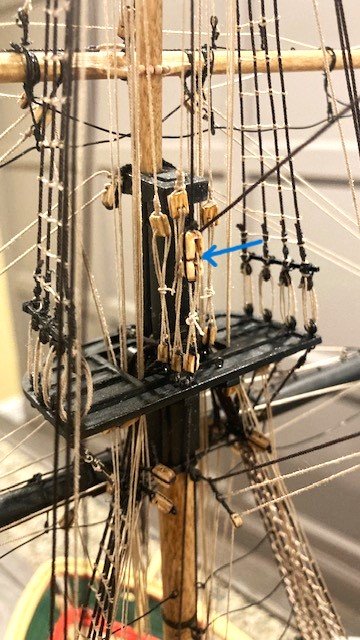
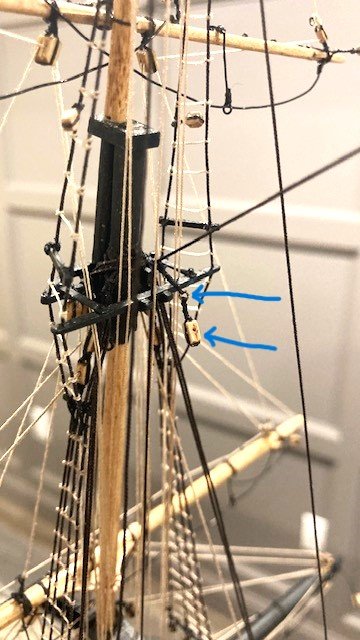

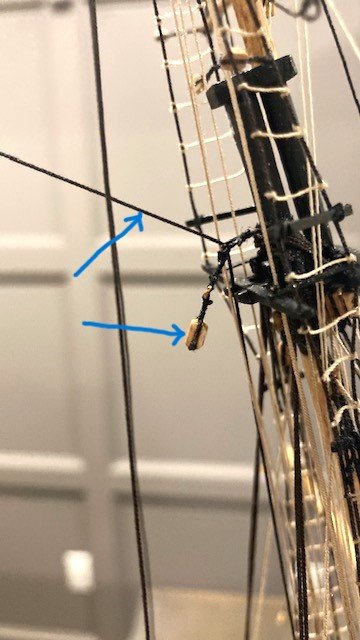
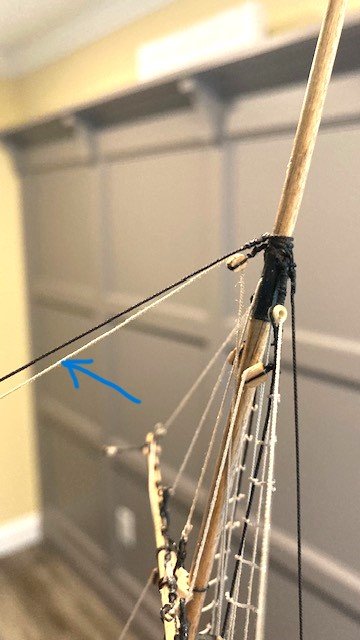
.jpg.b672076b83d114b25866807dfc8d8796.jpg)
.jpg.245b04690039e55bf15de9e0561815f3.jpg)
.jpg.62987714e20ec73ace2286289c3ea77e.jpg)
.jpg.818a42cc67af5c65ba7049f1f07ee640.jpg)
.jpg.ed6be00b8db62c068a081babeb4553ac.jpg)
